Date: 11 November 2021 / League: Polish sixth tier
Final Score: 0-1 / Attendance: no idea. At a guess, maybe 100.
Preamble
Jackpot! A ground in ruin provides conclusive proof that no-one in the world builds better away ends than the Poles… Fact!
Background
Playing in the pits of the district leagues, I can offer no knowledge of Gornik Wojkowice beyond what little is found on Wikipedia. To save you the click, their story is thus – founded in 1925, the club have traditionally knocked around the lower leagues bar three seasons in the second tier in the late 60s and early 70s. Going under ten different titles in the course of their history, previous names have included the wonderfully memorable ZKS Budowlani-Jowisz Wojkowice Komorne. In 2015, they finally settled on their current name, Gornik Wojkowice. And that, basically, is all there is to know.
Stadium
Financed by the local Jowisz mine, the stadium was opened on July 22nd, 1960, to coincide with the anniversary of the foundation of Poland’s communist state. Then holding 10,000, it was part of a wider sports complex that included a public swimming pool, café, hotel, bowling alley and suchlike – most of which have now been demolished.
Actually, looking at the stadium, you’d think that the demolition team had also mistakenly started on the ground as well. I’ve seen some wrecked, ruined places in Poland, but this one looked like it had been smashed by an earthquake before being carpet bombed by the RAF a billion years after. Appearing like a lost relic from a different world, Jurassic Park would definitely be a more fitting name than the Millennium.
Yep, you heard right. No doubt most are familiar with the Millennium Stadium in Cardiff, but it turns out that all this time the Welsh FA have been defrauding the paying public – the original Millennium, as it happens, is here in Wojkowice. Now you’ve got to ask just which millennium the public were thinking of when they voted this to be the ground’s name, for surely it can’t be the one in which we live.
With capacity now reduced to just 500, this craterous monster presents itself as a mass of broken terraced steps running down one side of the field – seats (at least I think you can describe them as such), take up a small section, and in the centre you’ll also find a half-destroyed tin cabin that I imagine once house the announcer. Today, and as leaky as it might be, it serves as the only point of shelter in the whole ground. But as captivating as this all is for the stadium collector, the biggest treasure of all is a rusting away cage that could be mistaken for a pig pen.
And the rest of the ground? There is no ‘rest of the ground’. Grassy embankments ring the other sides, with one corner pointing out through the woodland towards what is reputedly the largest prison in the region. Random Webber Fact: the jail was first built by ze Germans during WWII to hold, primarily, captured British airmen.
Matchday Experience
Played as it was on November 11th (Poland’s independence day), I had a sneaking feeling that this celebratory date would bring out a bumper crowd of flare-wielding locals. This hunch was fuelled further by an entrance decorated by a dramatic mural depicting a sinisterly hooded ultra. This wasn’t the only thing that had set my mind racing. Literally the only other blog entry I’d found concerning this ground – dated from 2014 – showed this was a club with a small but devoted following that was partial to letting off smoke bombs.
Where were they today? Probably in Warsaw for the annual patriots parade, for the attendance on this day didn’t go further than a smattering of grandads tanking back their morning tins of lager and, mystifyingly, a few pram-pushing mums. Further bolstering the attendance were some dog walkers and an escaped convict – only joshing, I didn’t see any dog walkers (boom boom!).
Played in front of a docile morning crowd, and in a brilliant autumn sunshine, it was the perfect dungeon league fixture – wild football played to a noise level that never went beyond a murmur. The real thrill though lay in simply exploring the ground; climbing gingerly over the steps (God knows what kind of a death trap this place is in frostier weather – there’d be lawsuits in America), trying to force the padlock for the away sector and generally soaking in the pleasures of being in a place of such disintegrating beauty.
Questioned by one old geezer as to why I was taking photos, I replied that it was a treasure. He looked me with exasperated irritation, clearly thinking I was taking the piss out of him and his club. “Ah, very funny,” he replied. Mate, I wanted to say, you don’t know how lucky you are to call this team your local.
Getting There
The nearest major city is Katowice and from there I’d recommend getting the train to Bedzin before ordering an Uber. Myself, I made the daytrip from Warsaw and it was easier than imagined – a three-hour train to Bedzin Miasto and then a 15-minute cab ride to the ground.


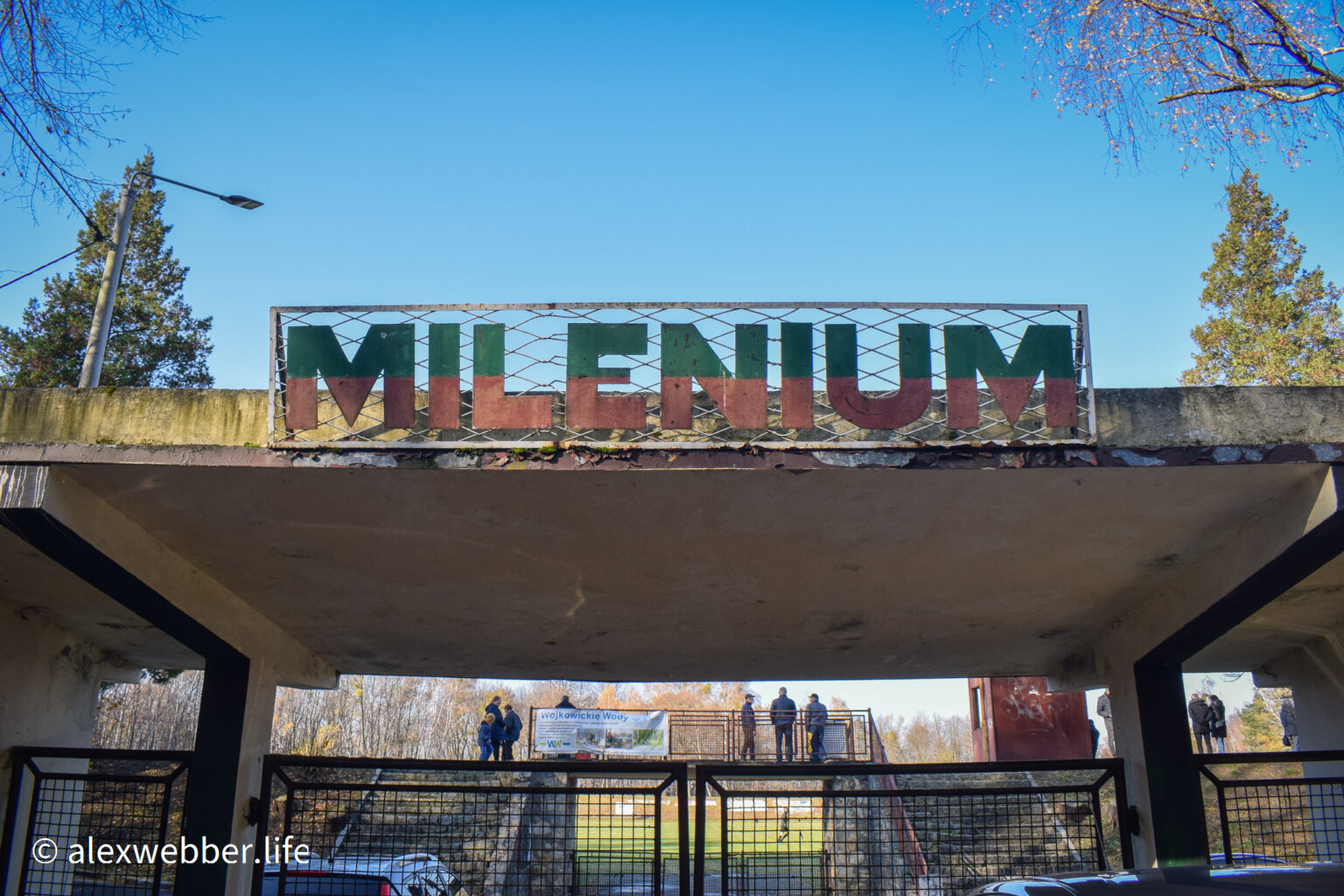
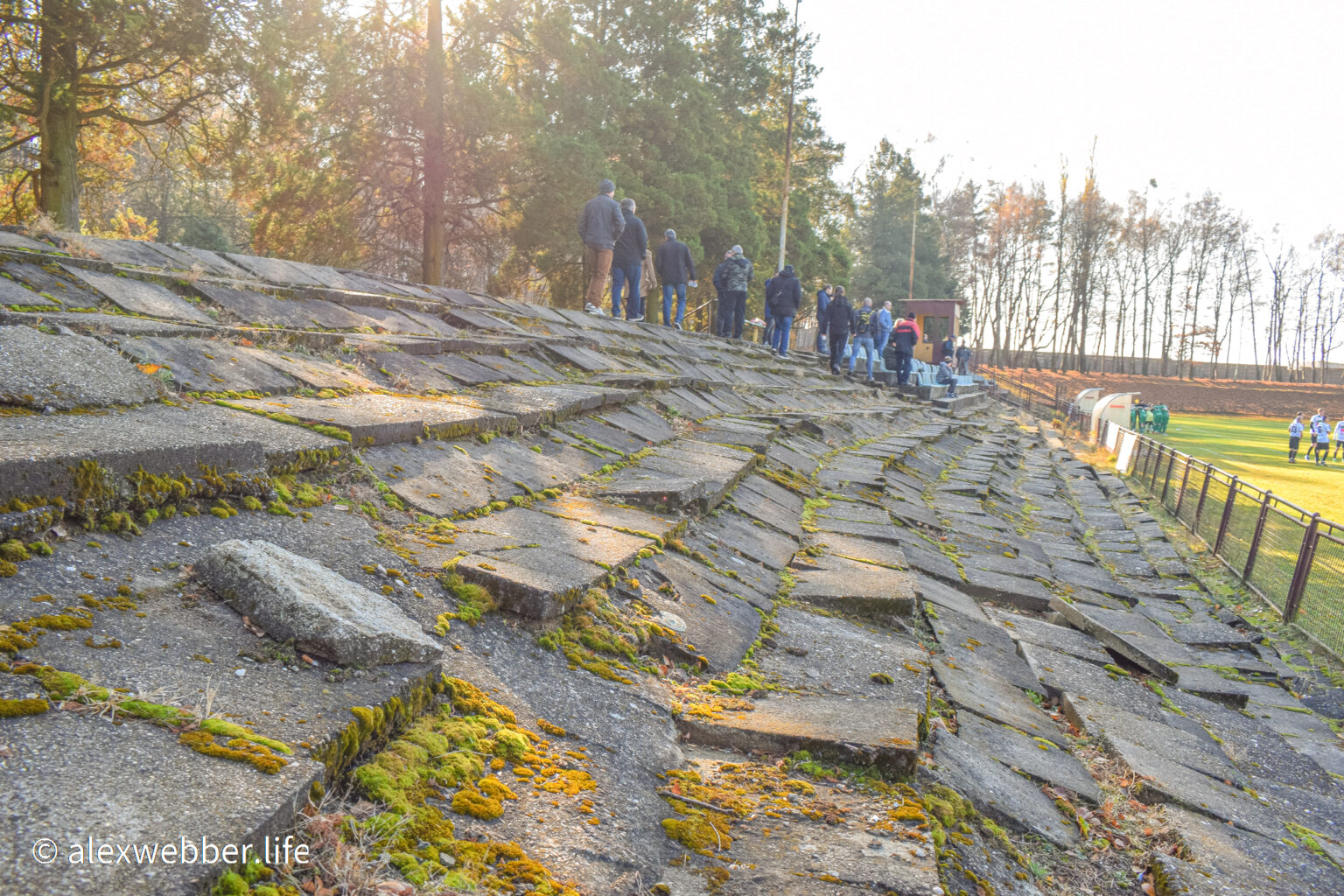
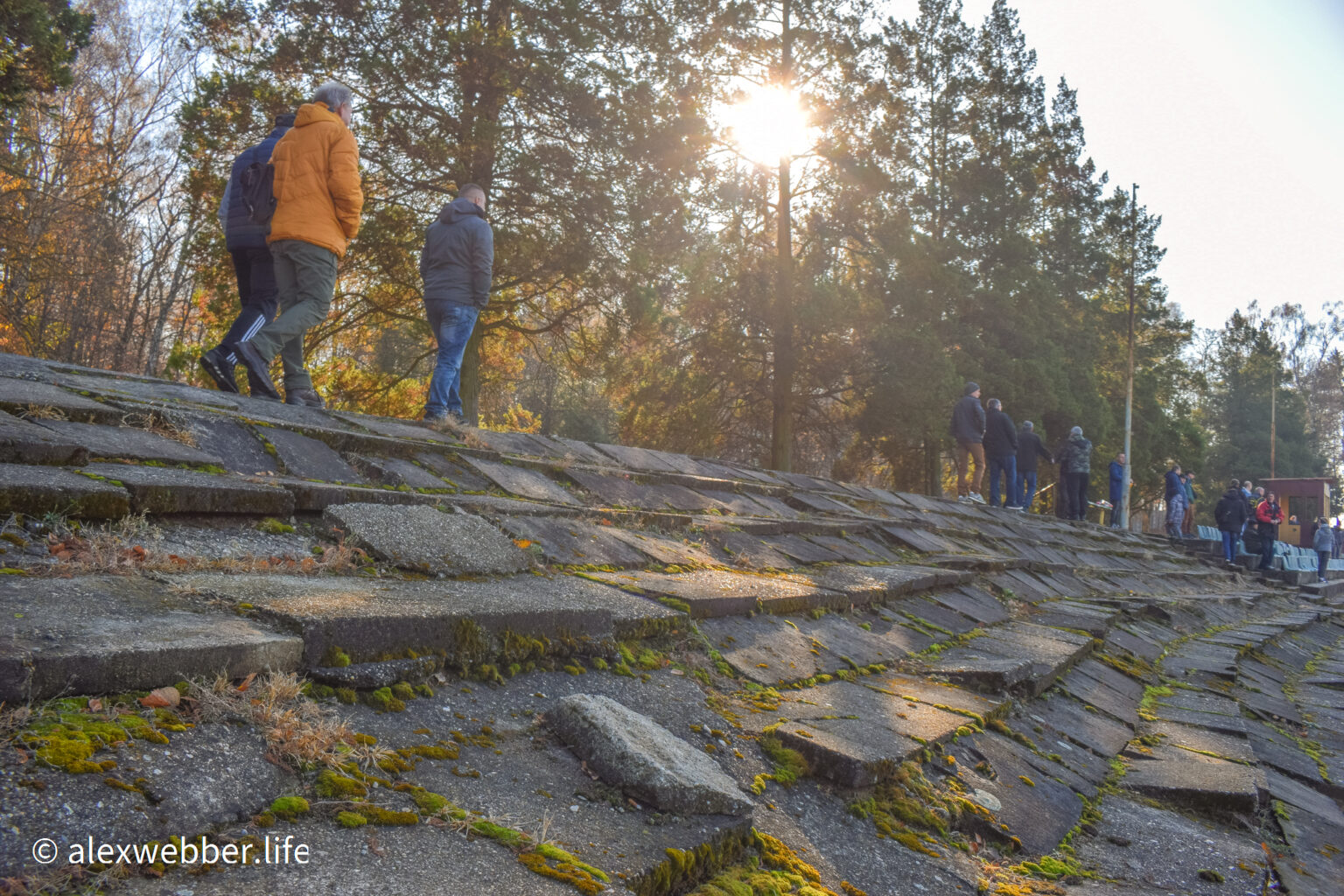
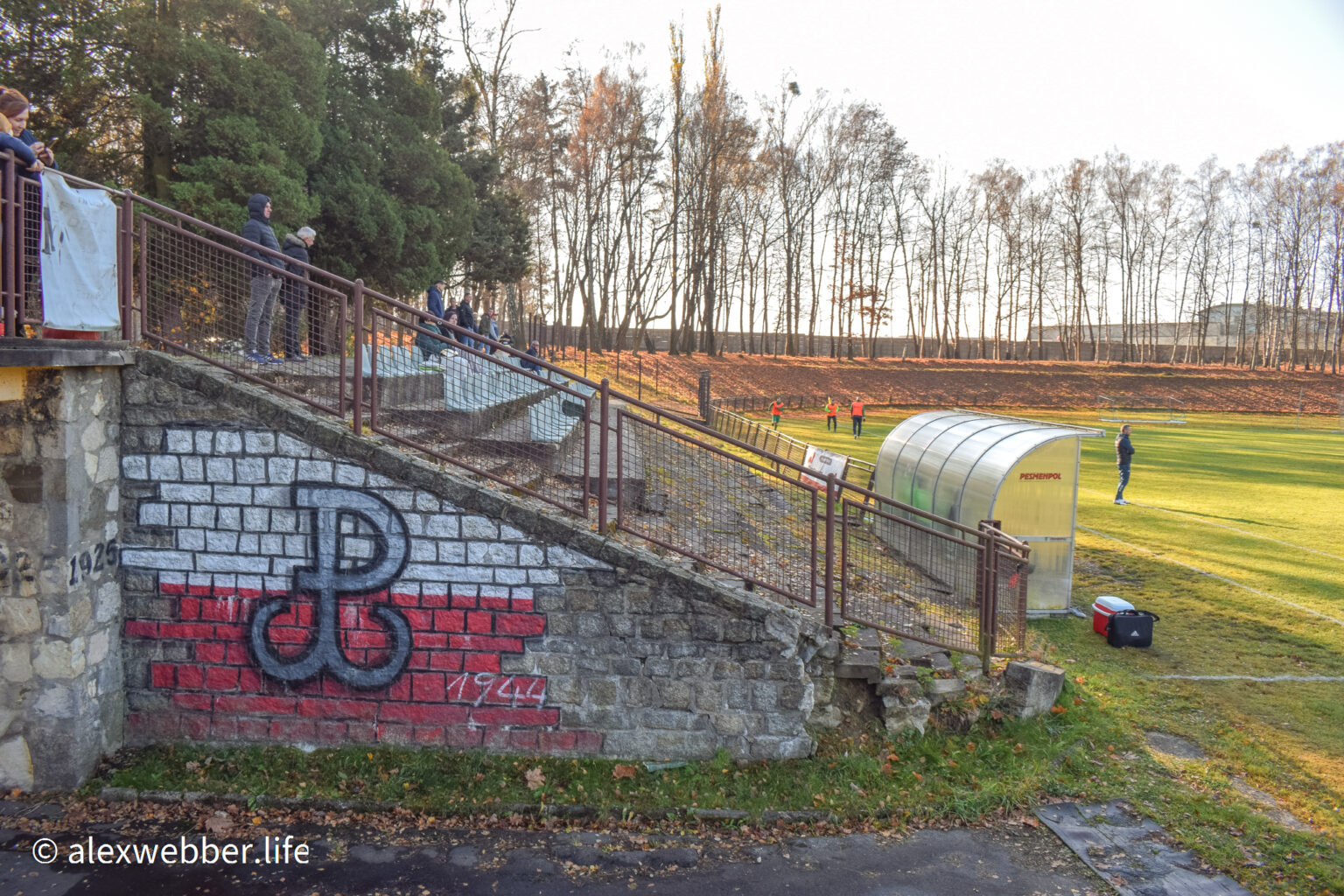

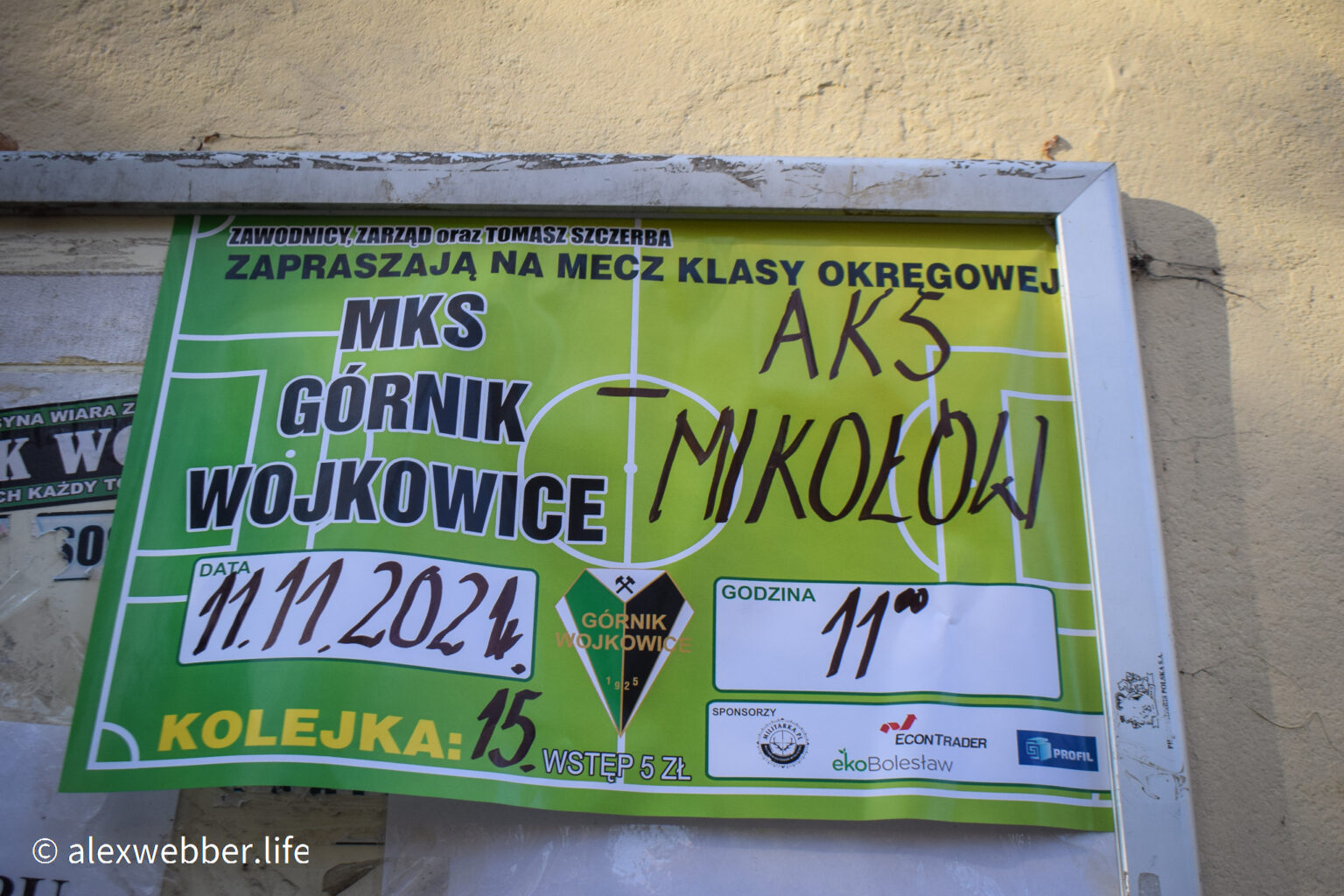
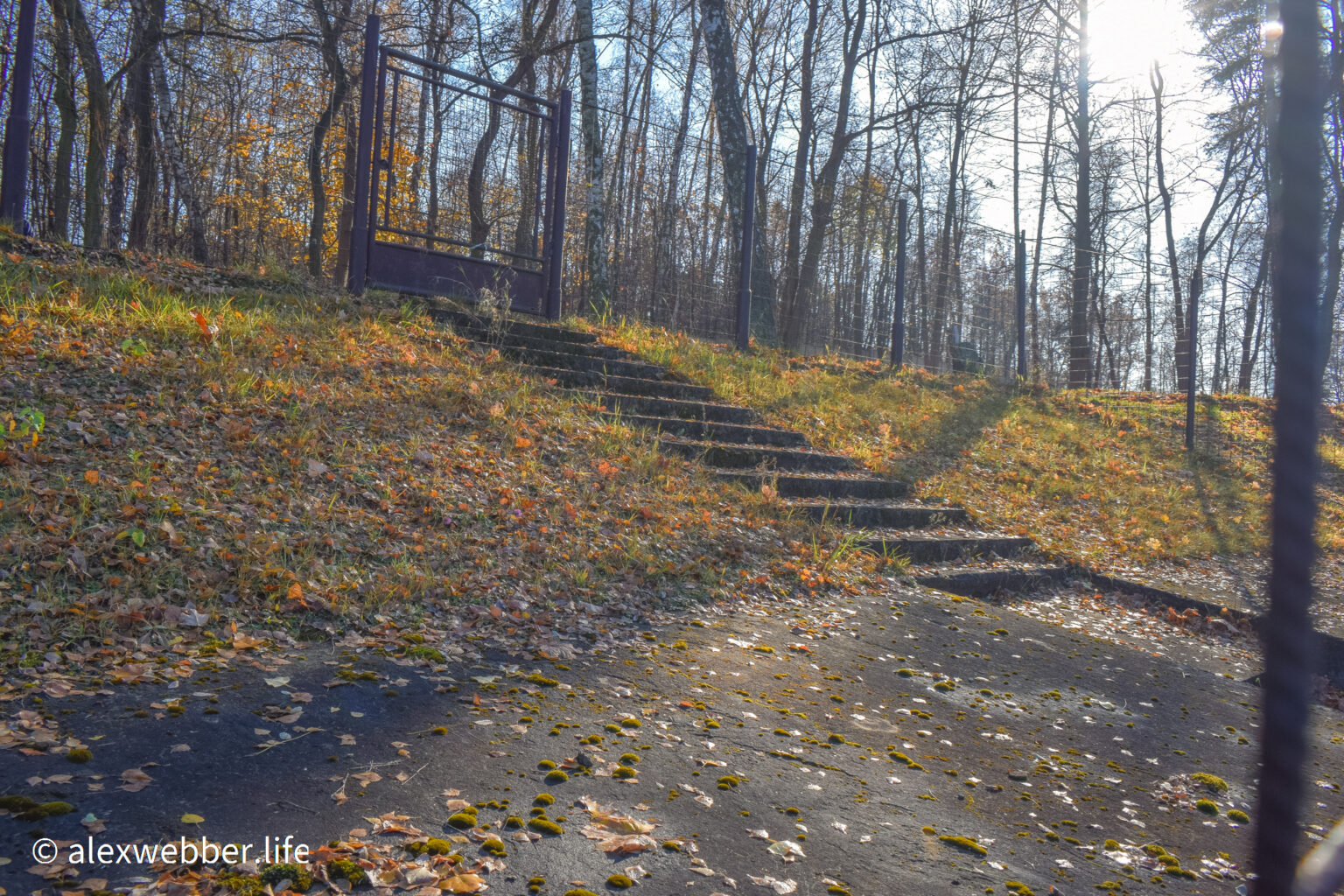

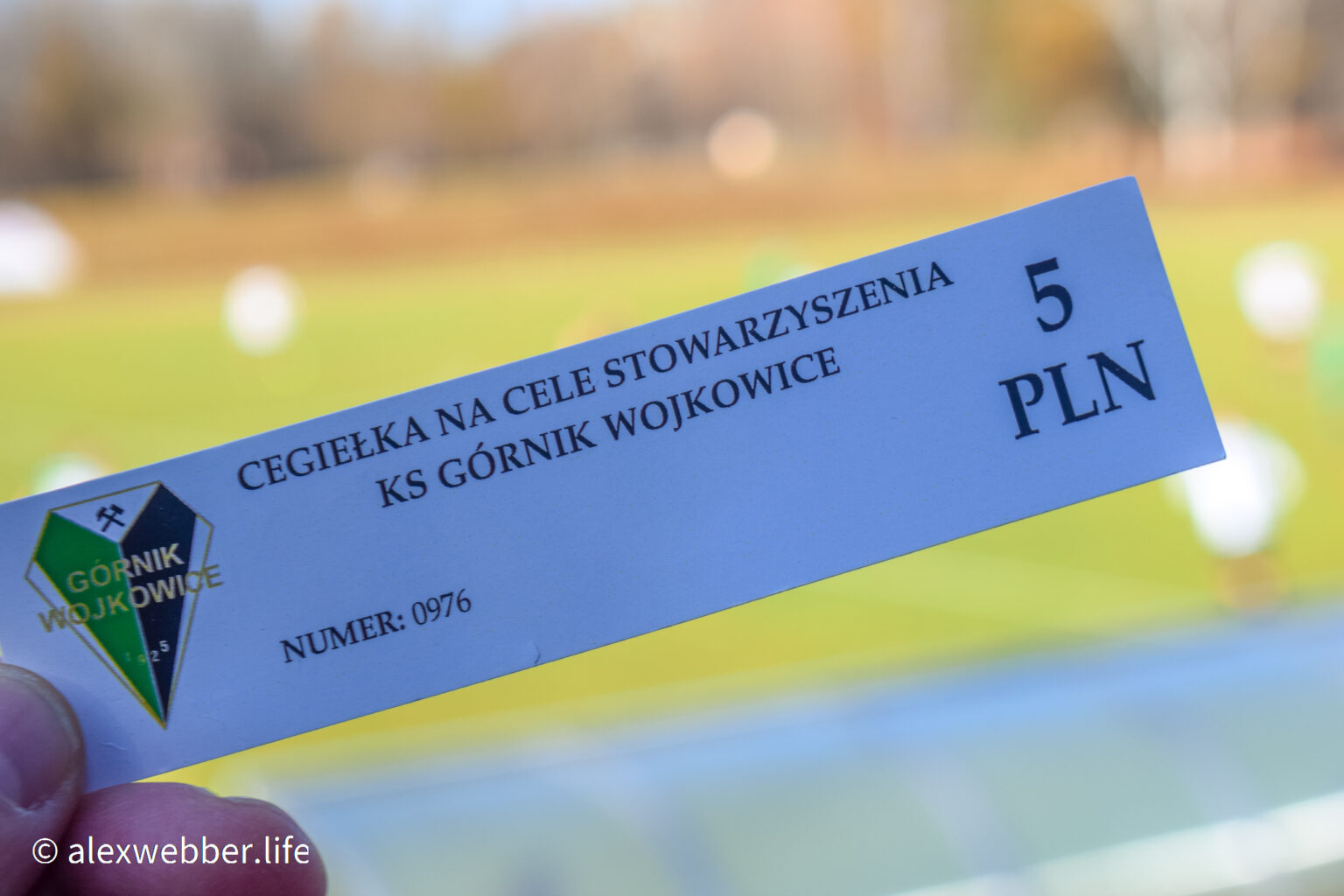
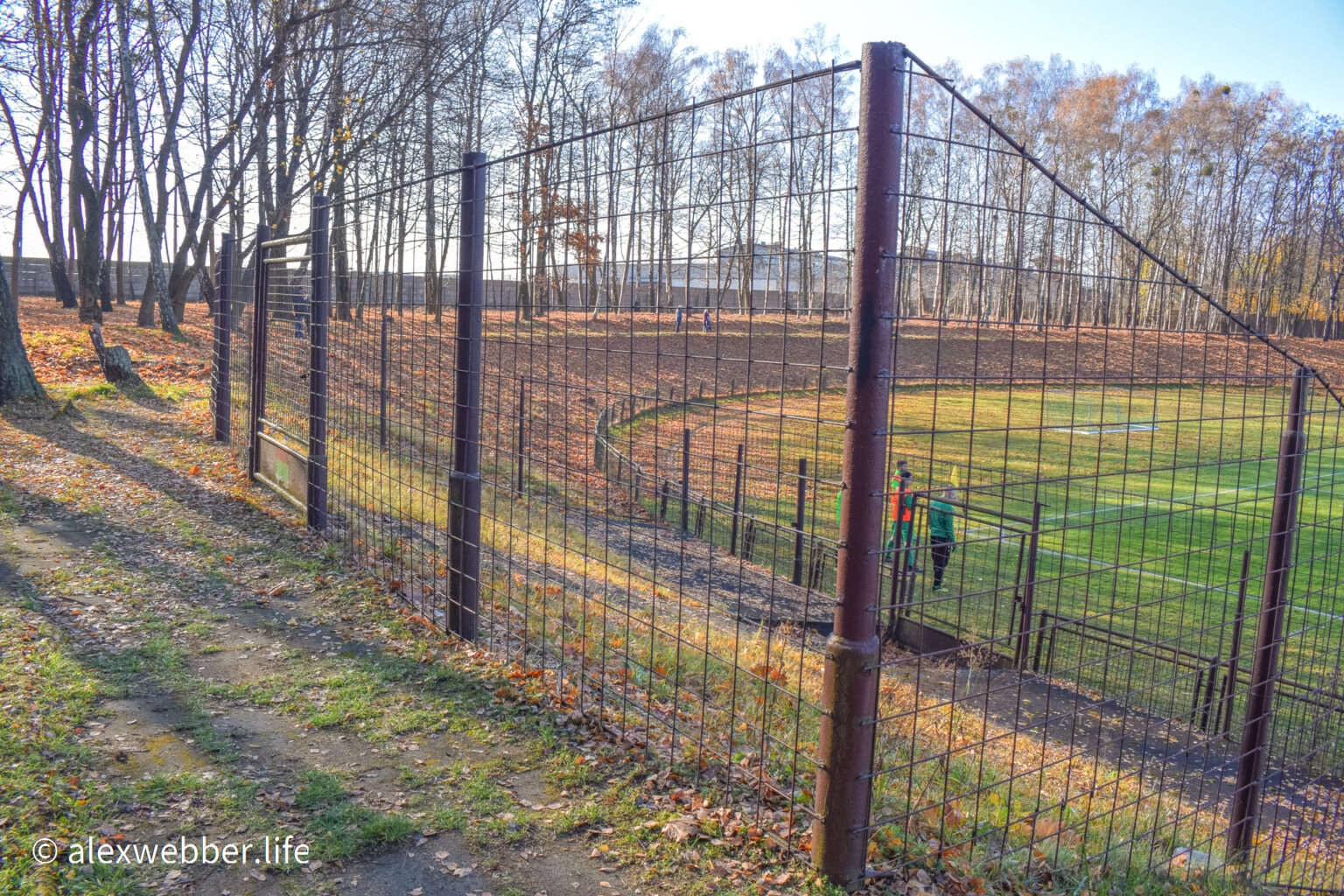
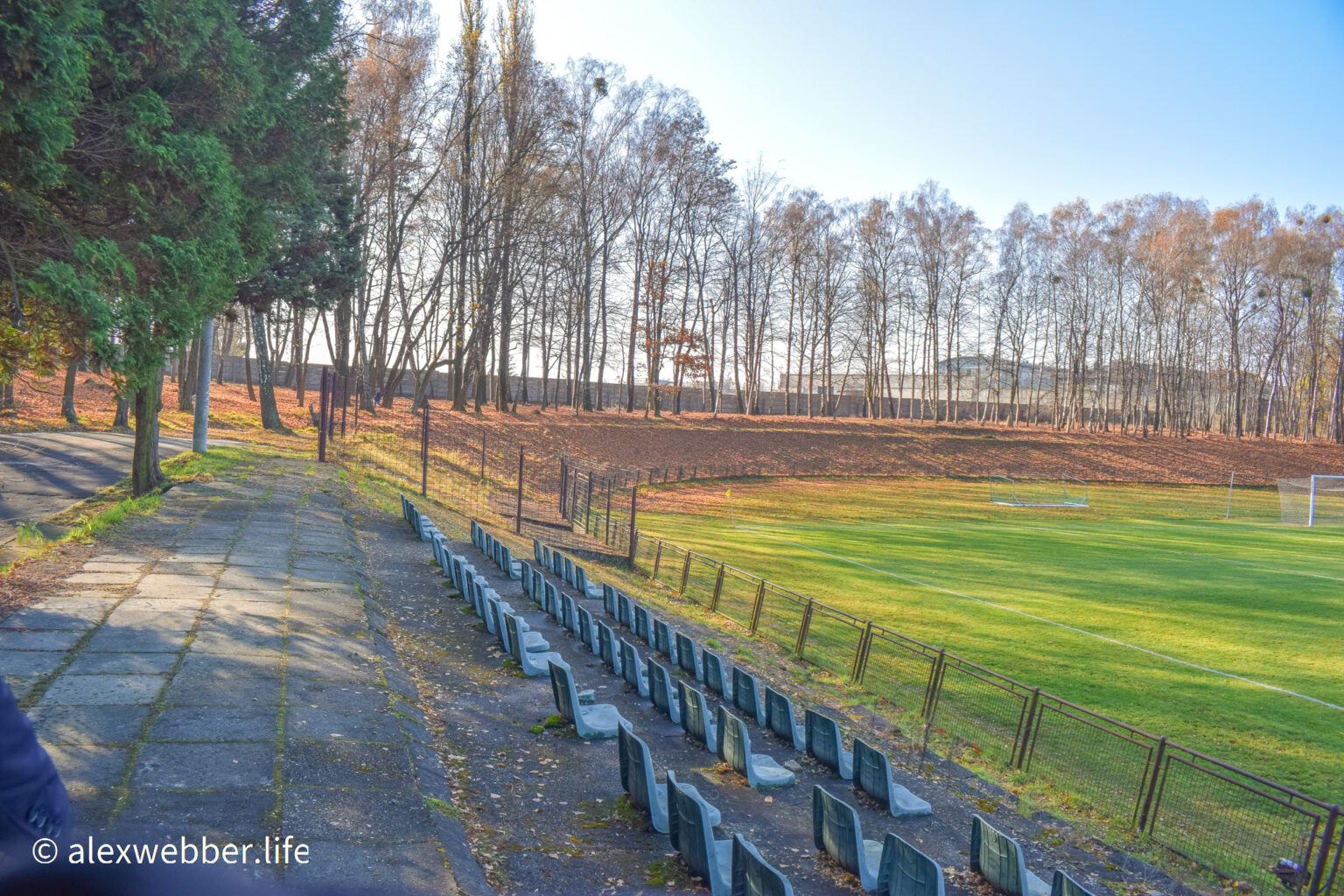

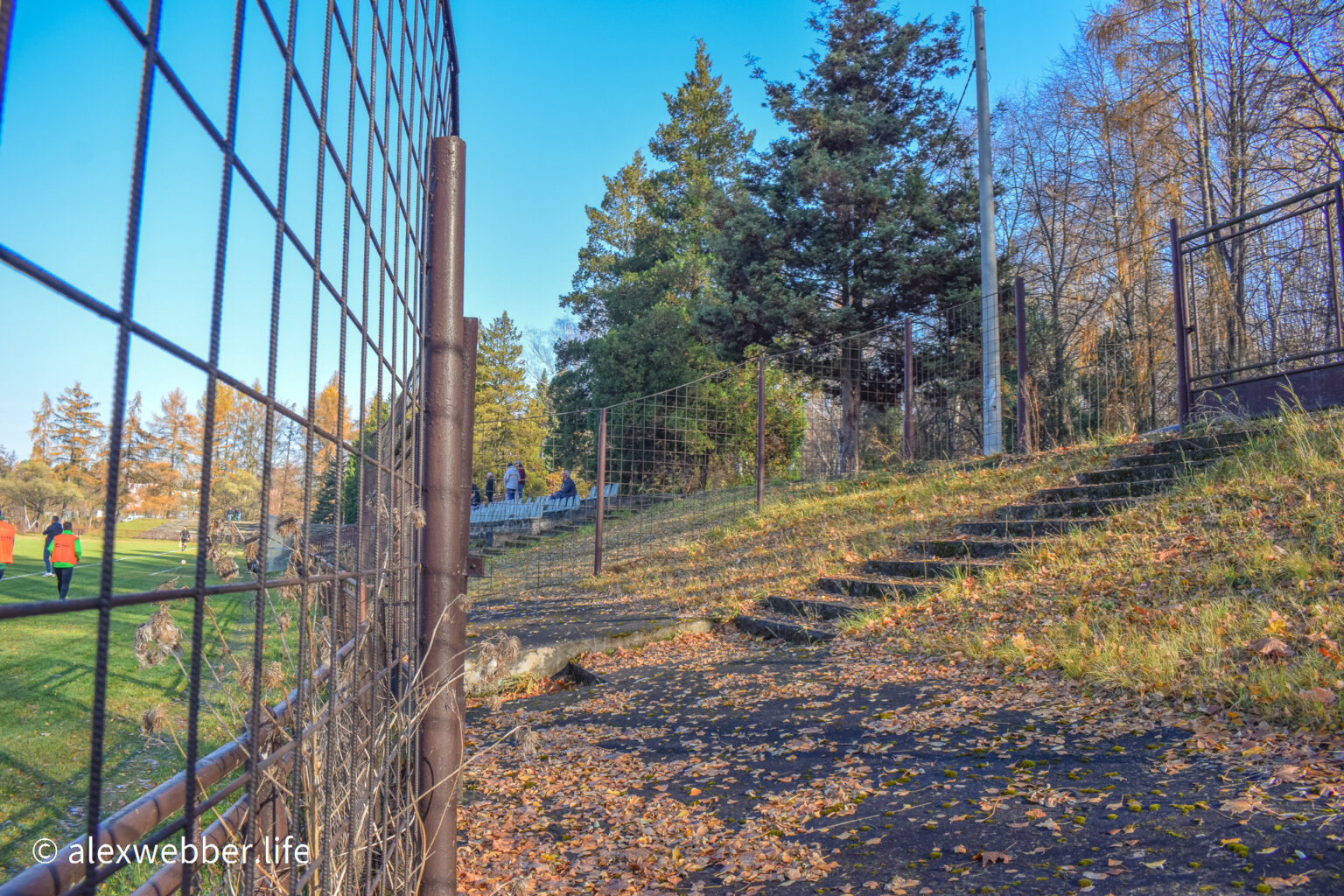
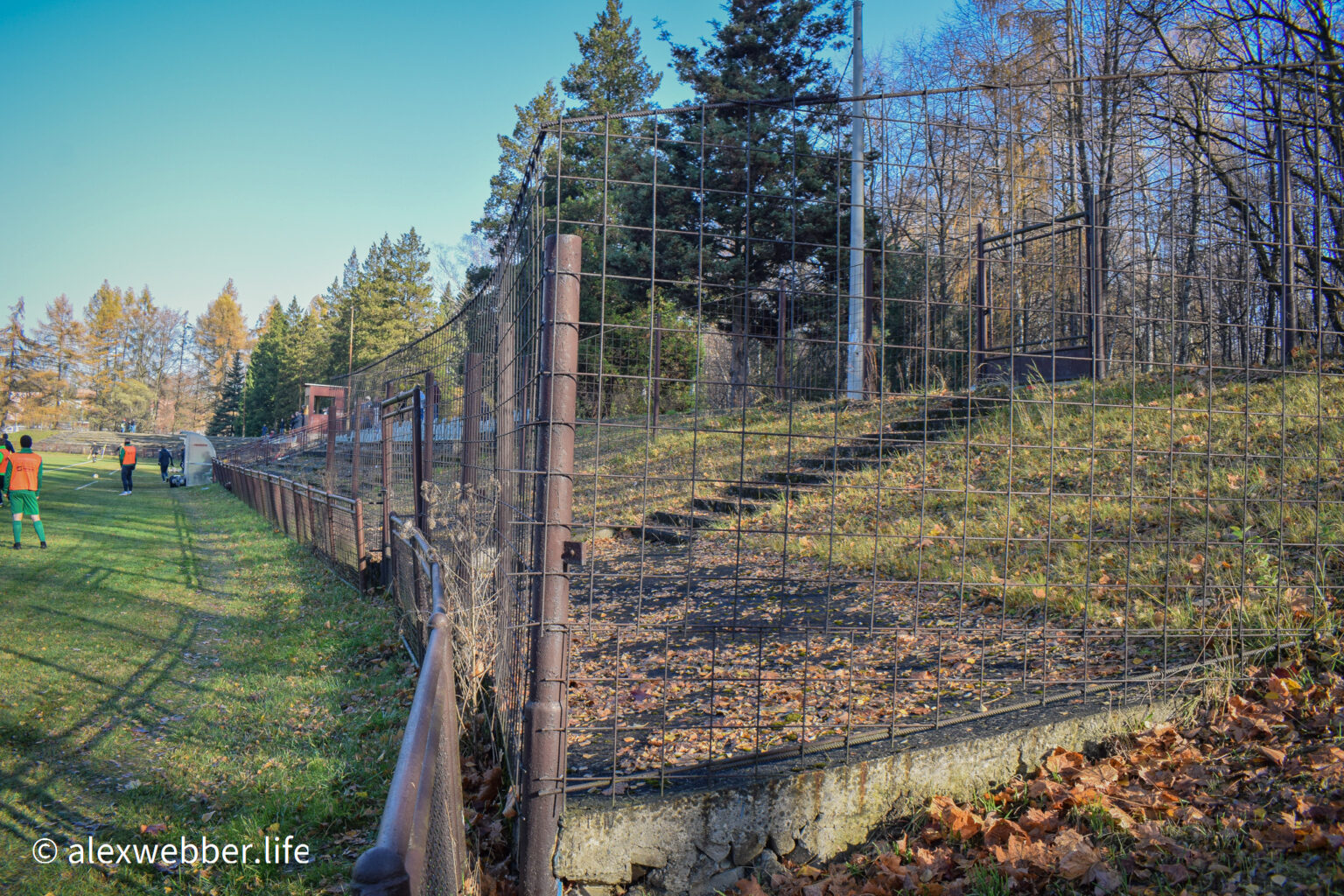



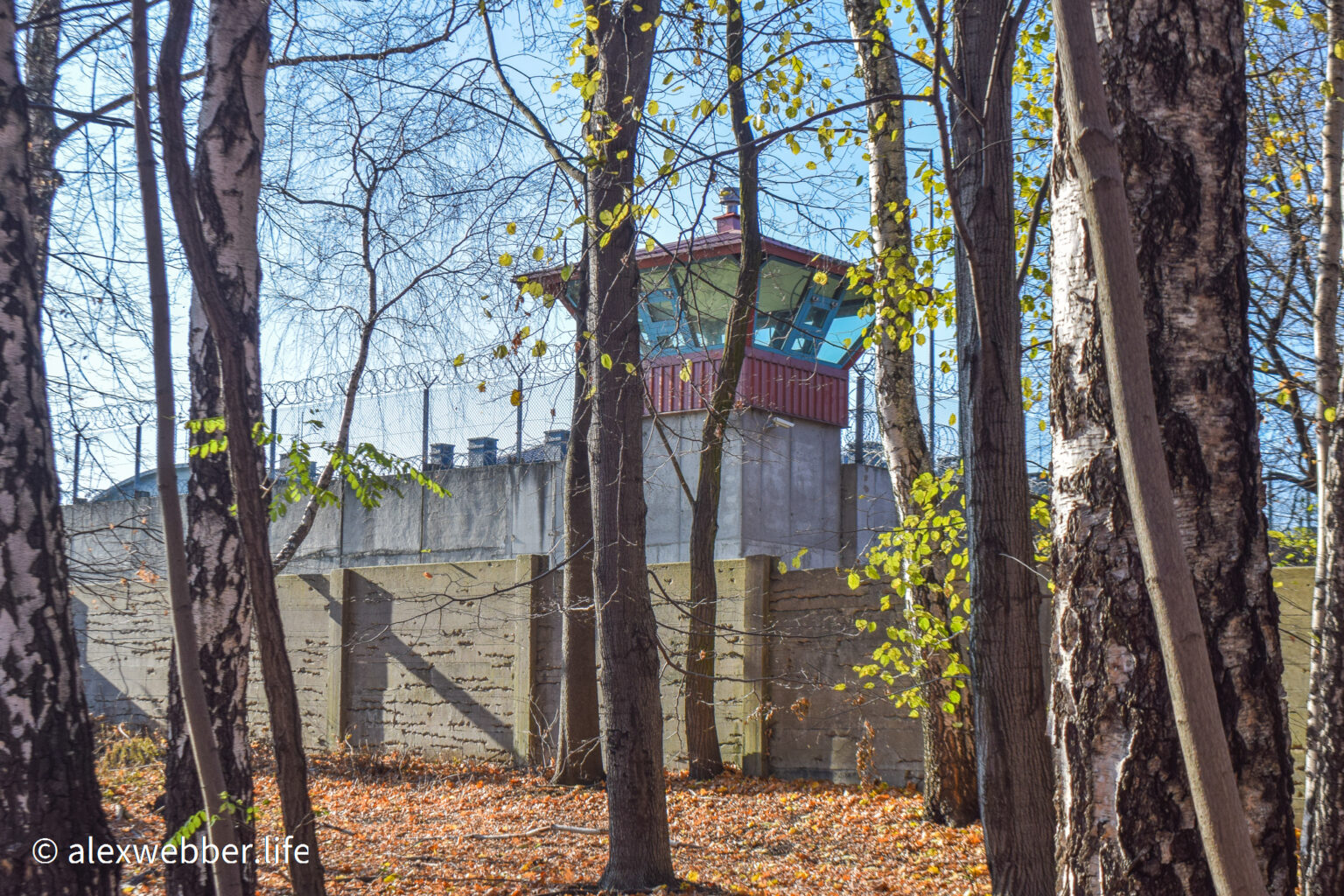
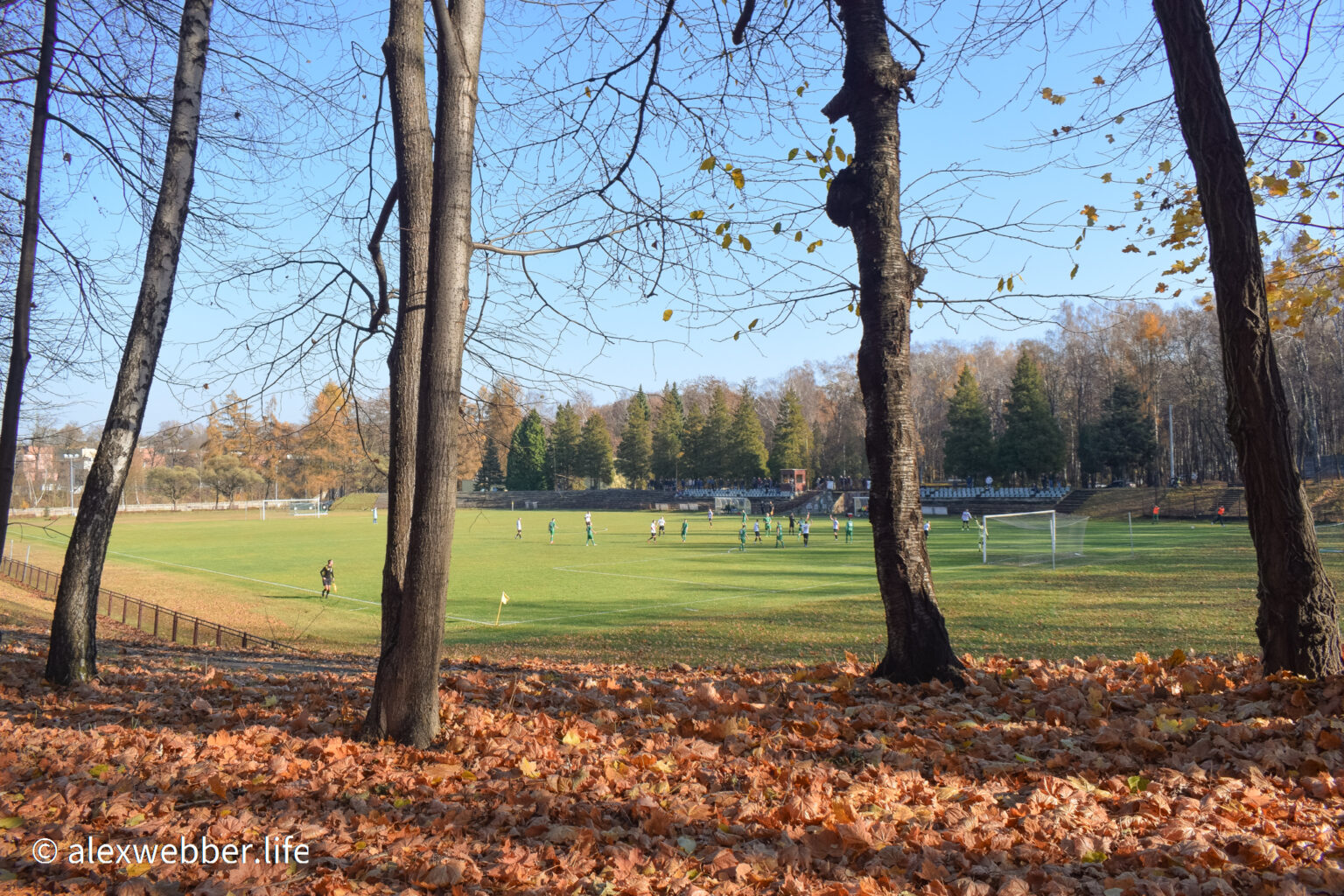
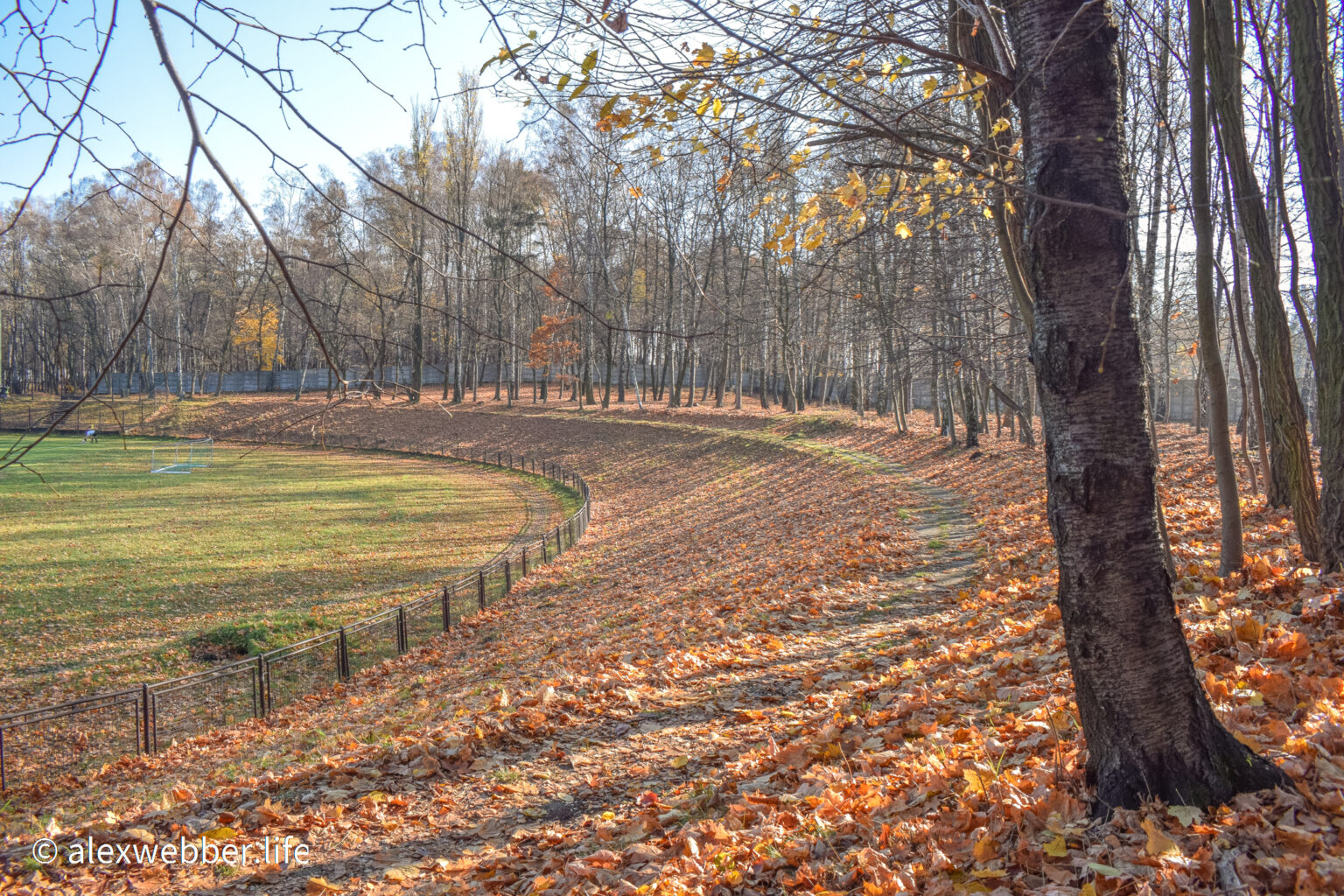
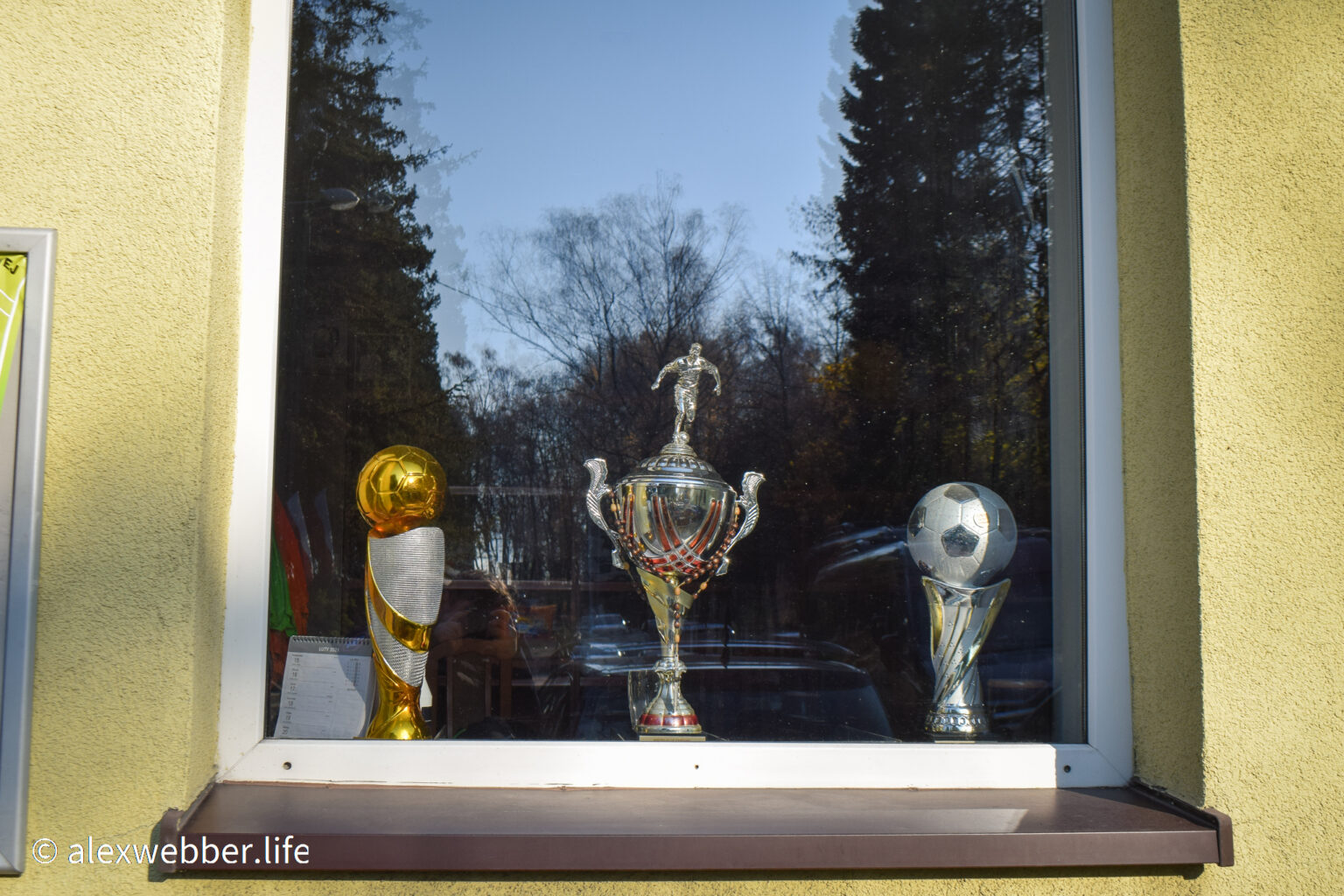
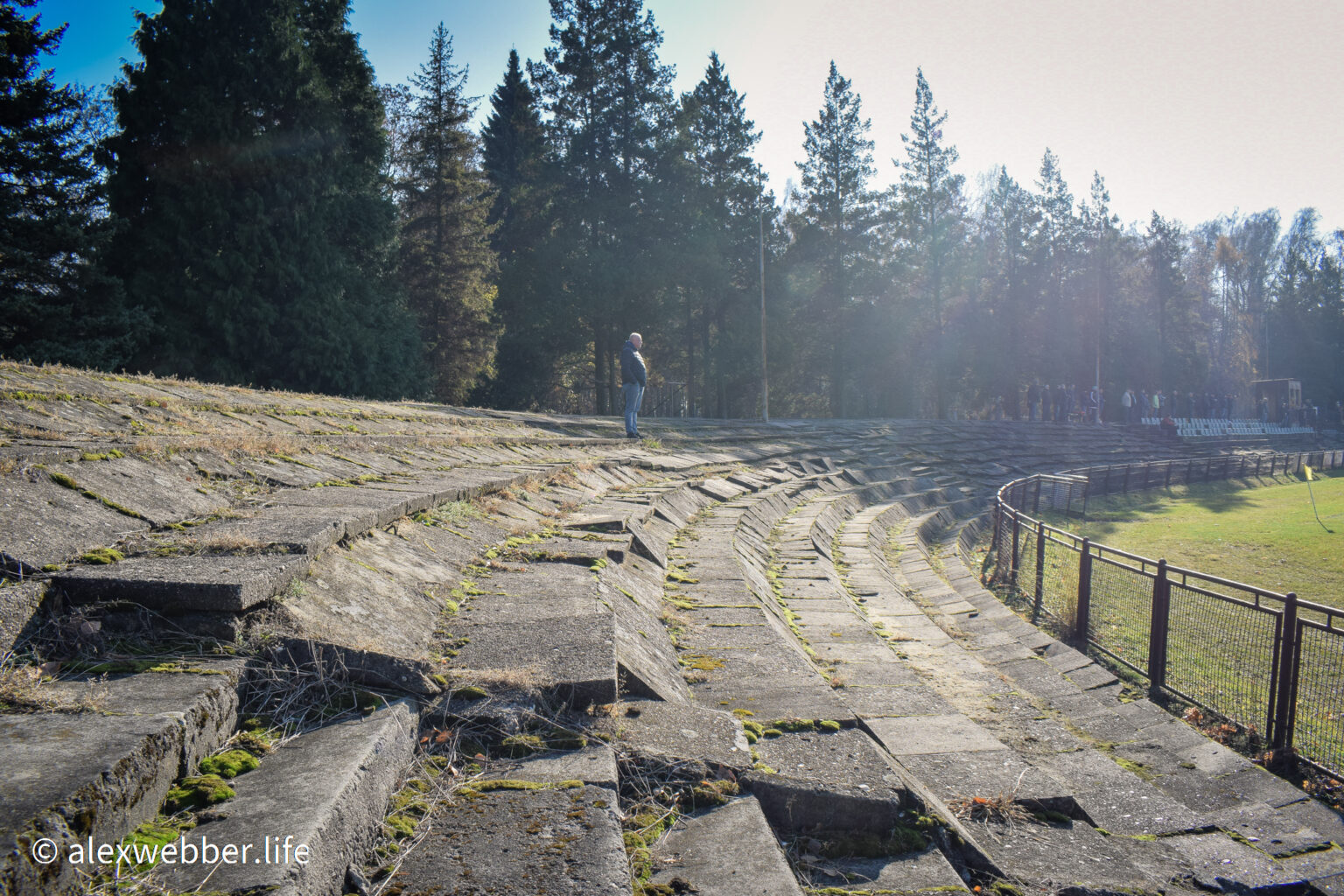
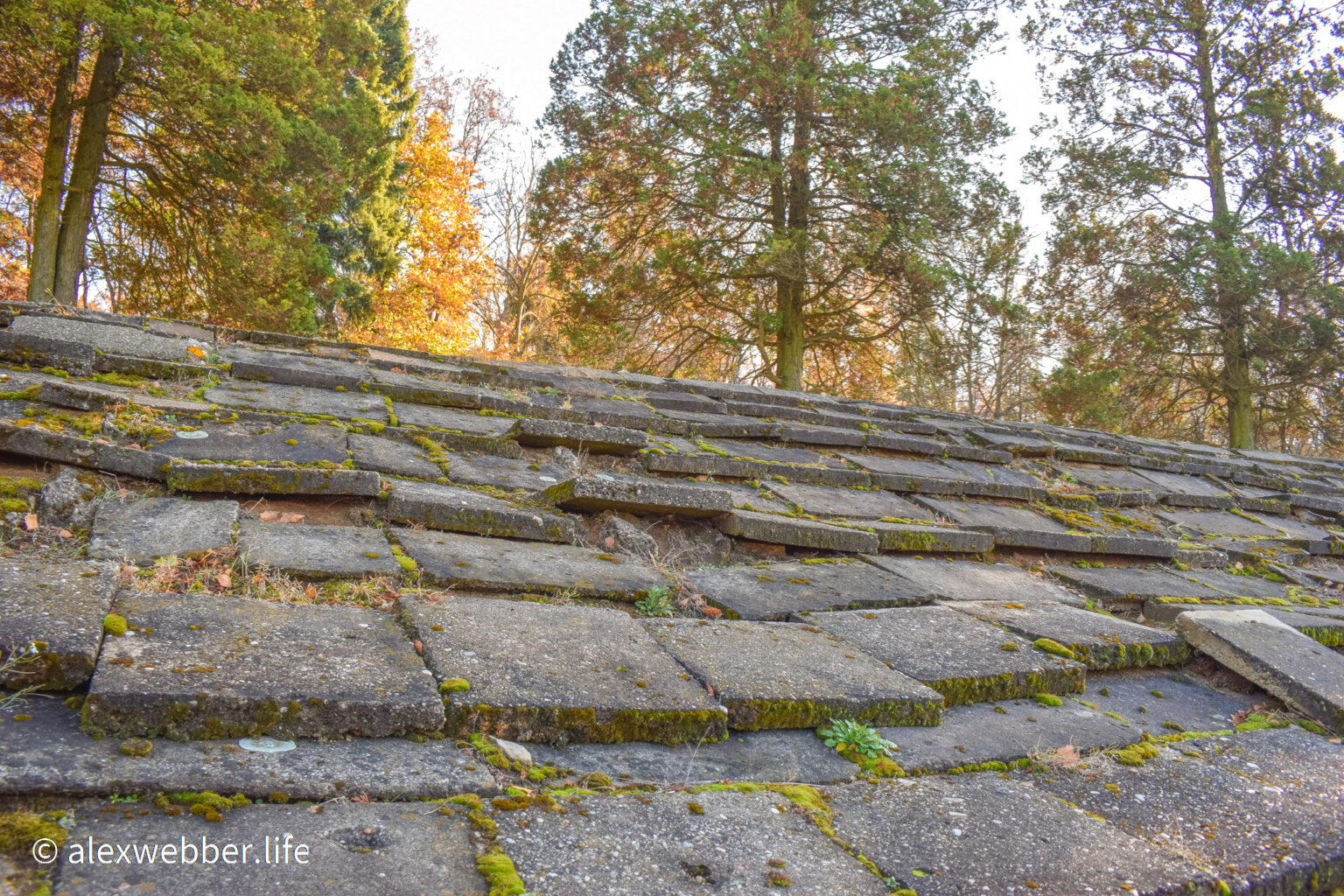
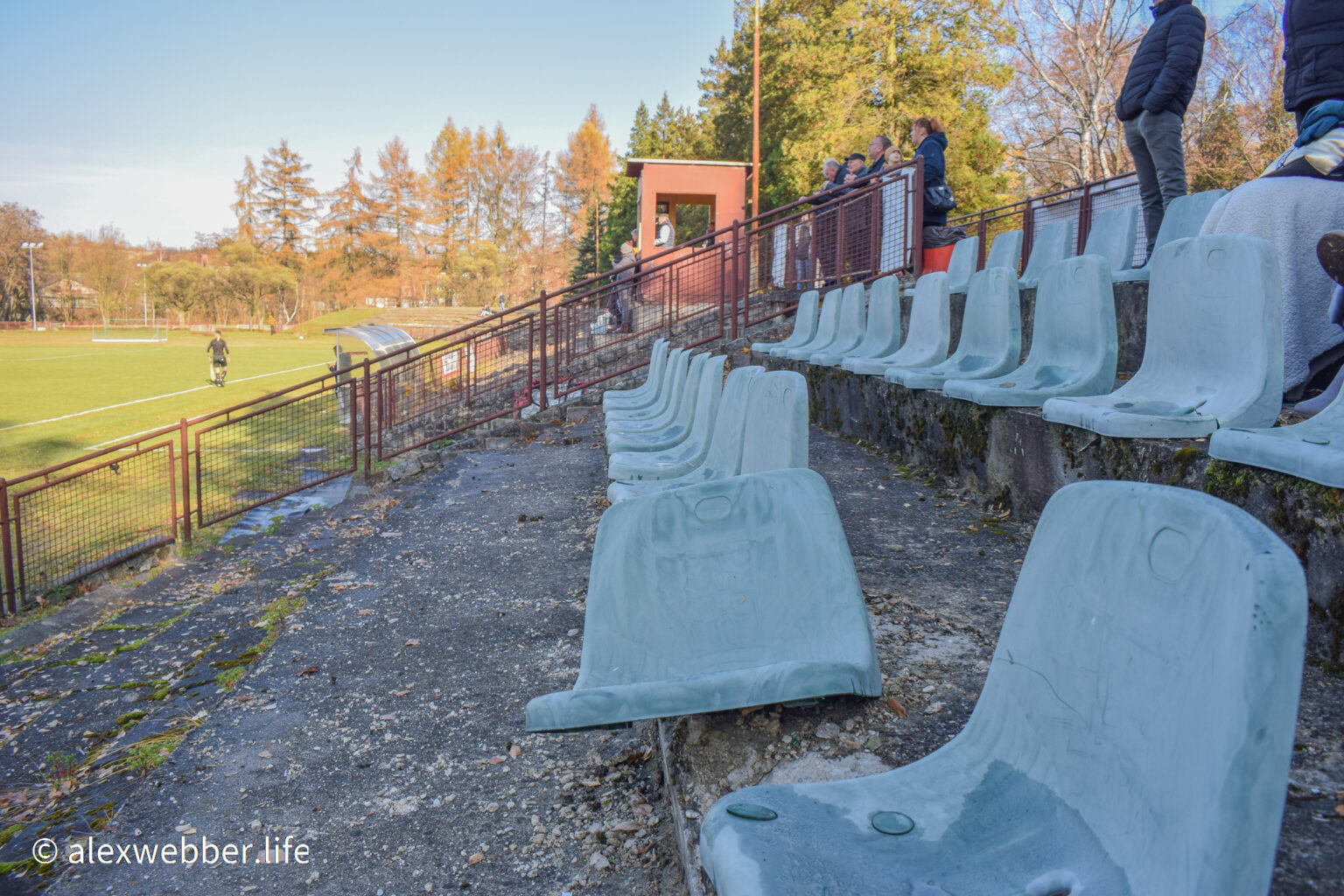
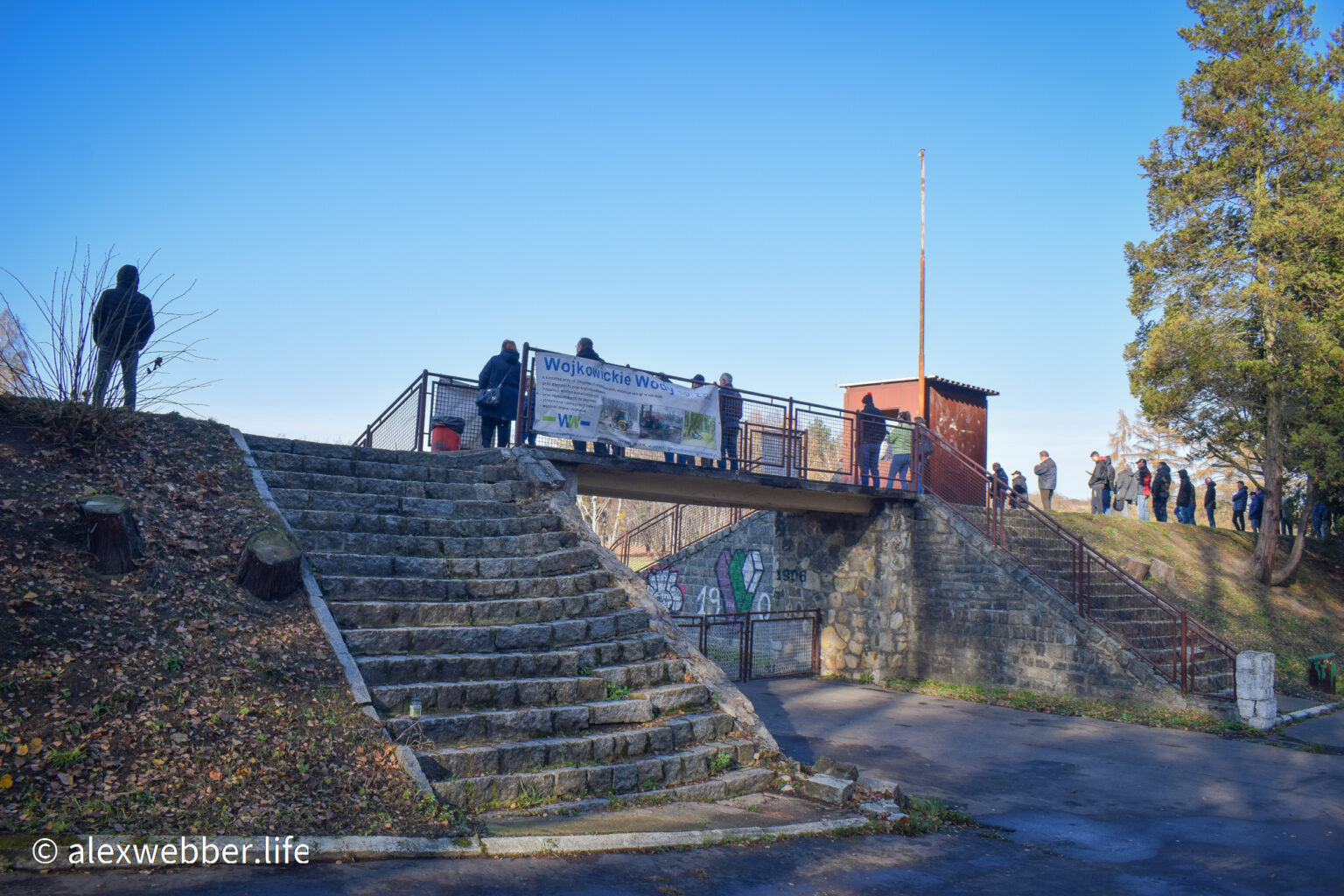



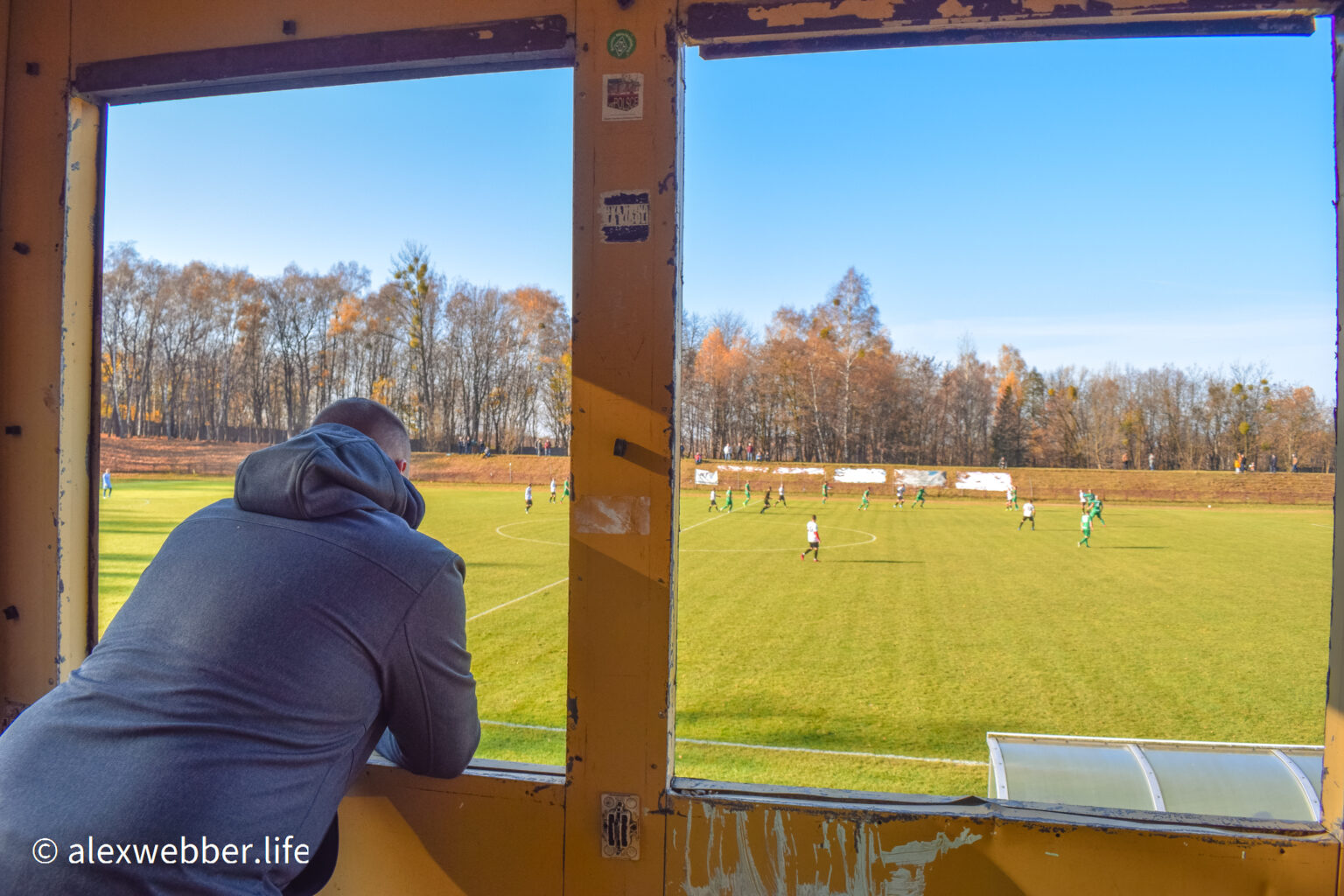
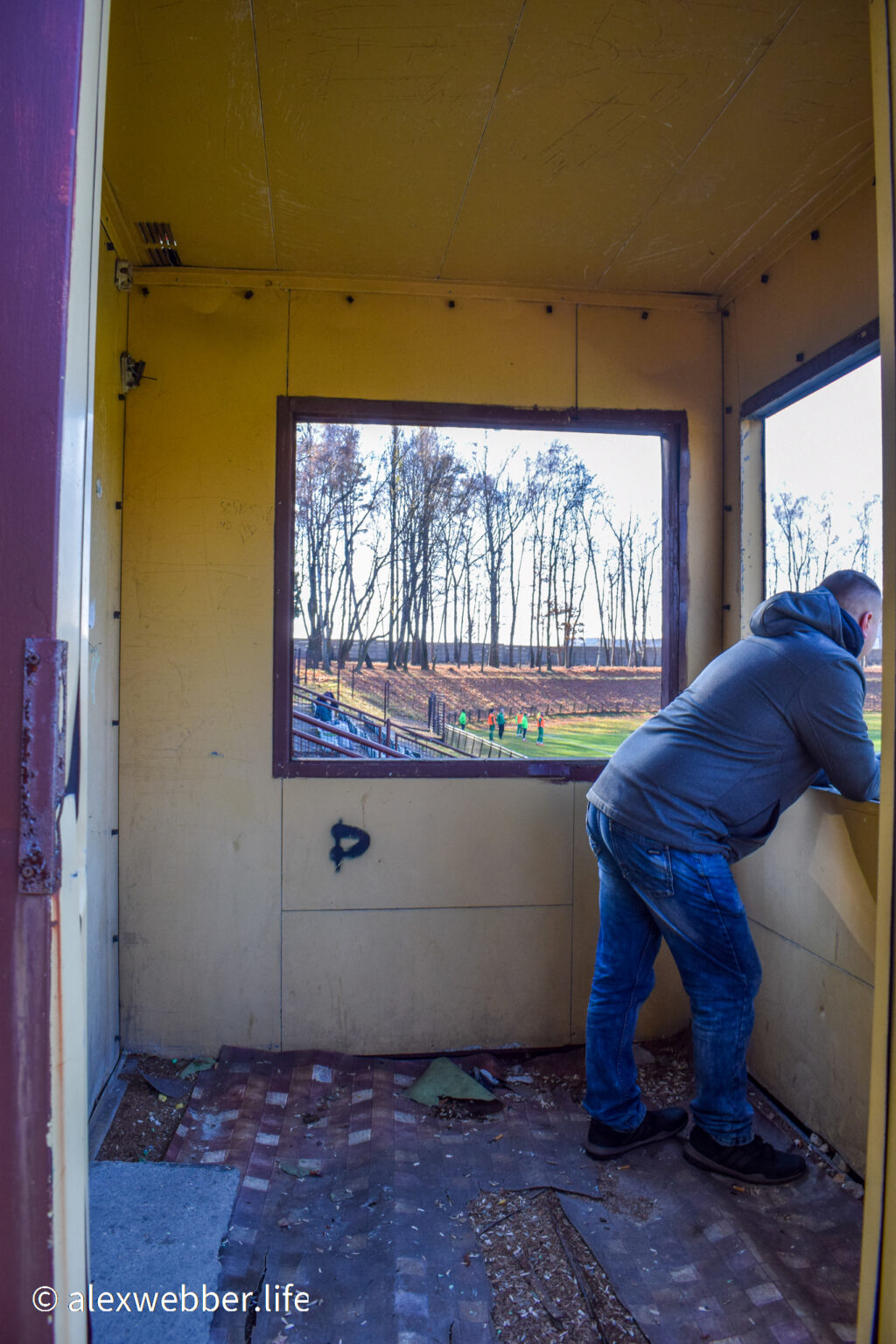


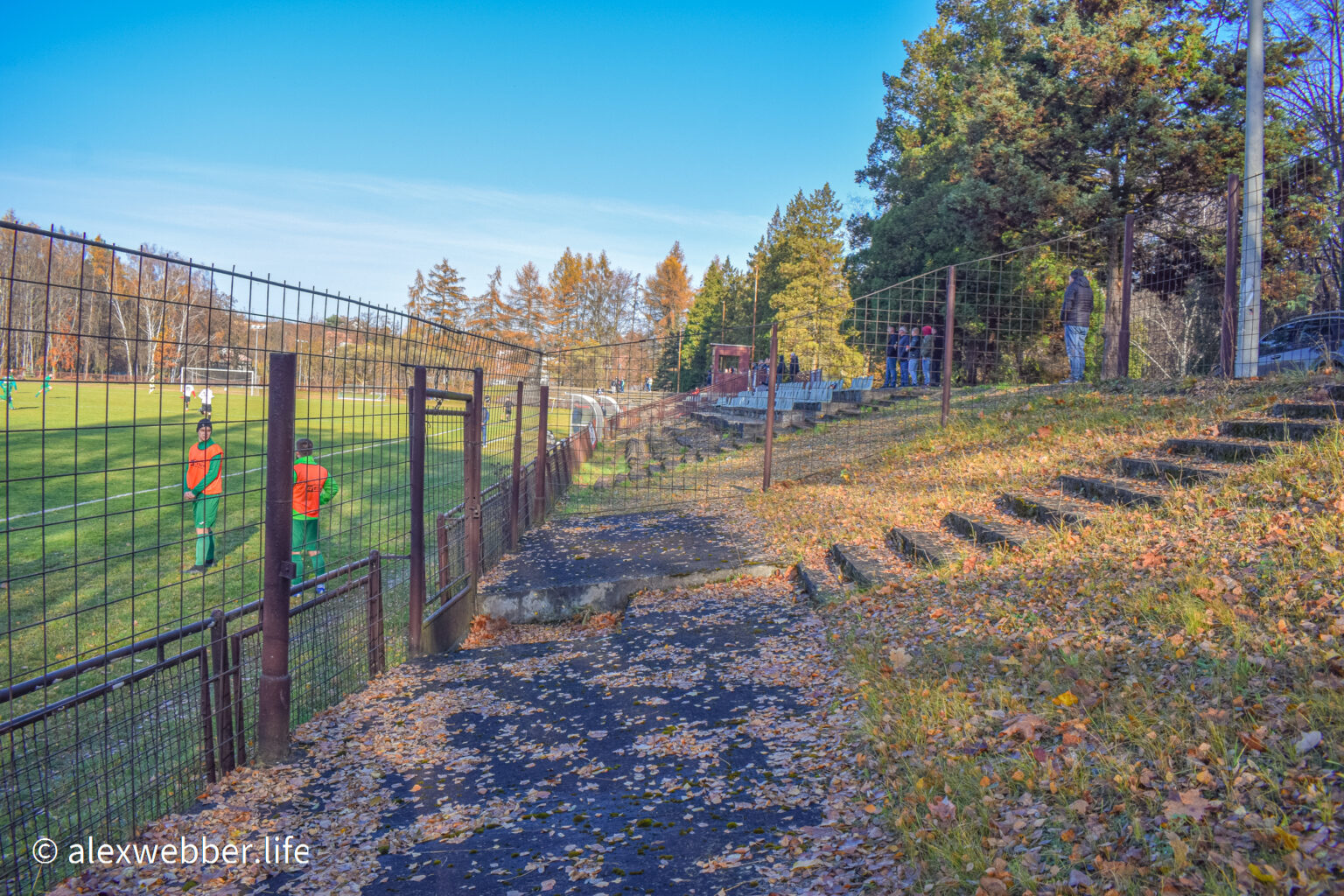

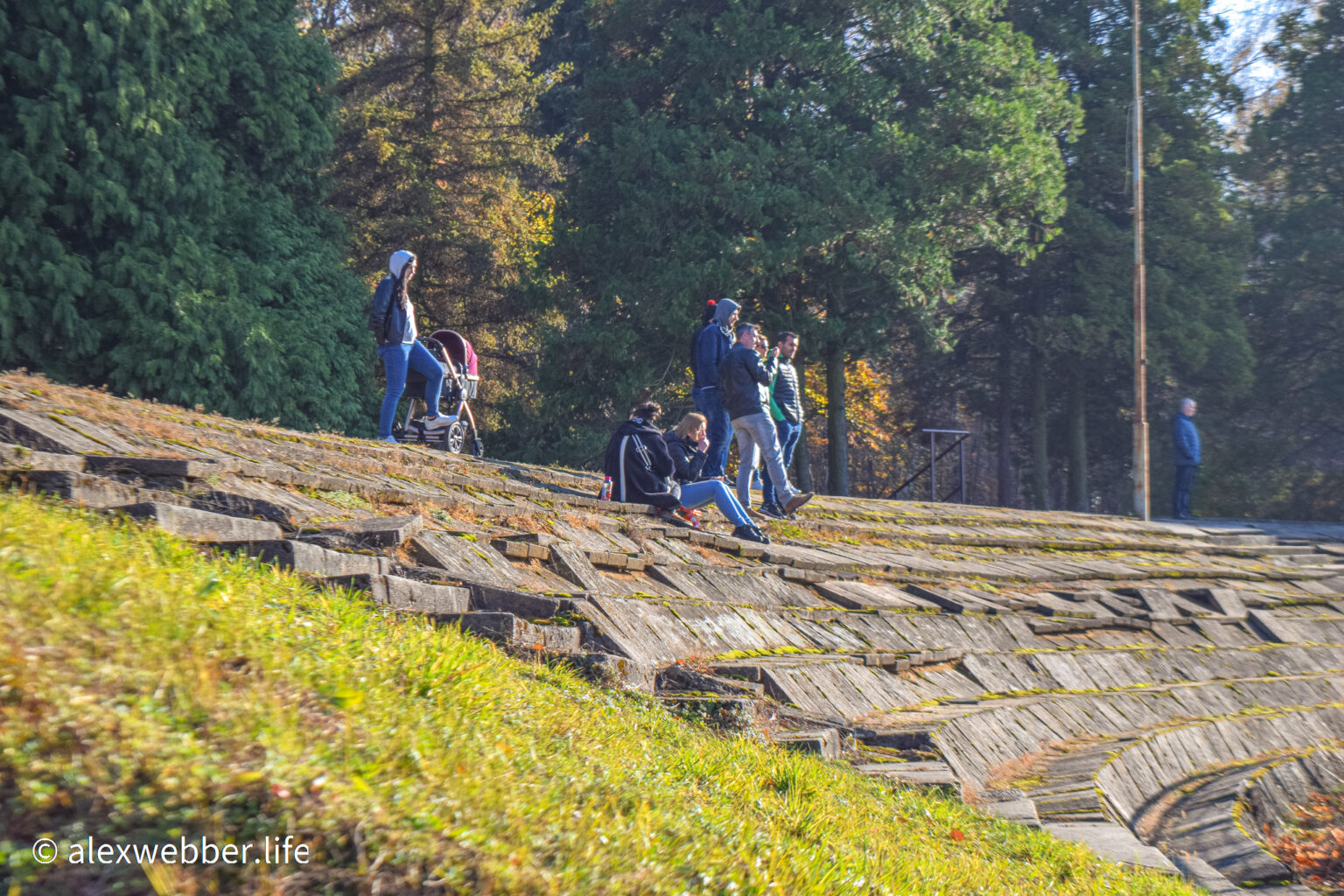

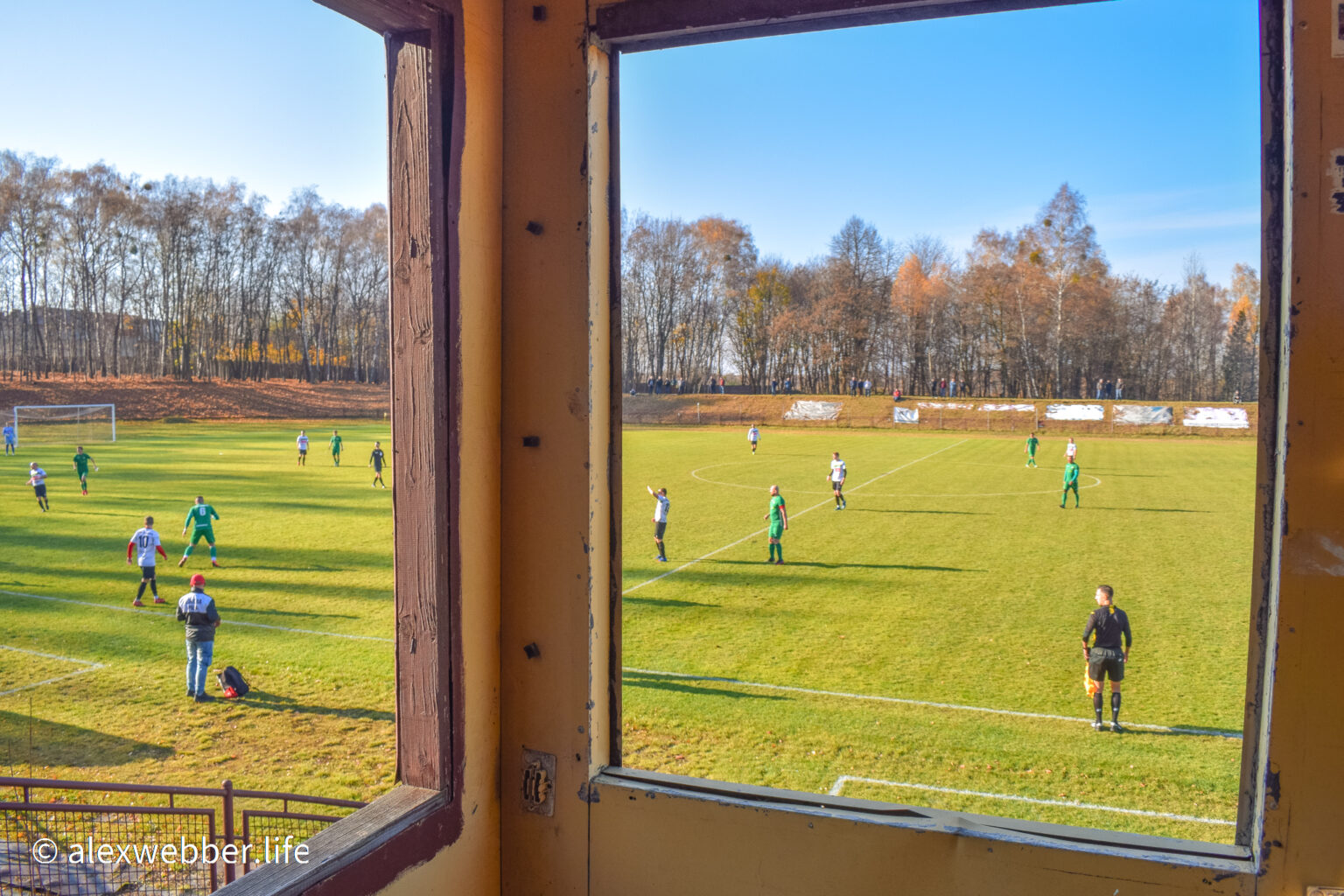
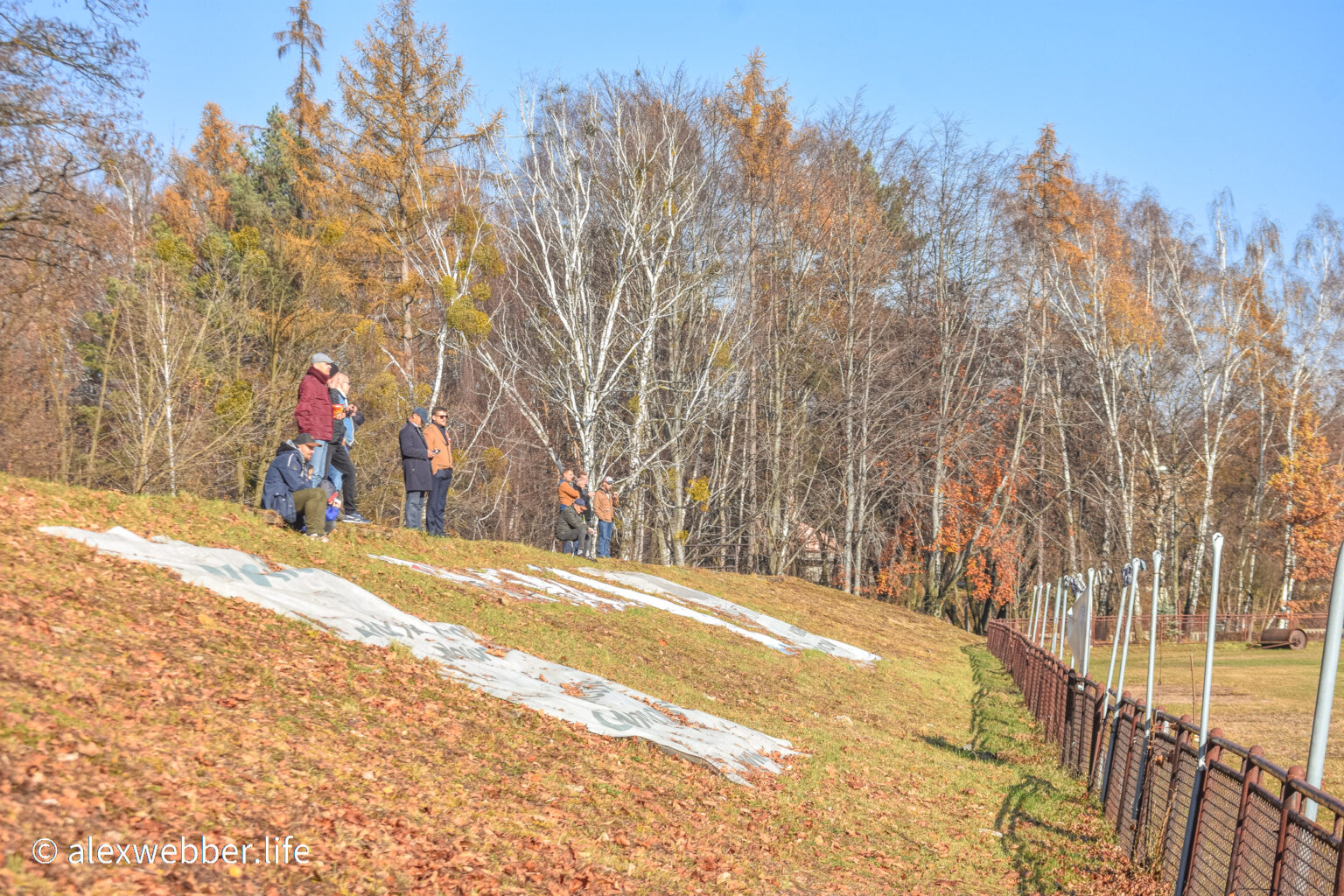
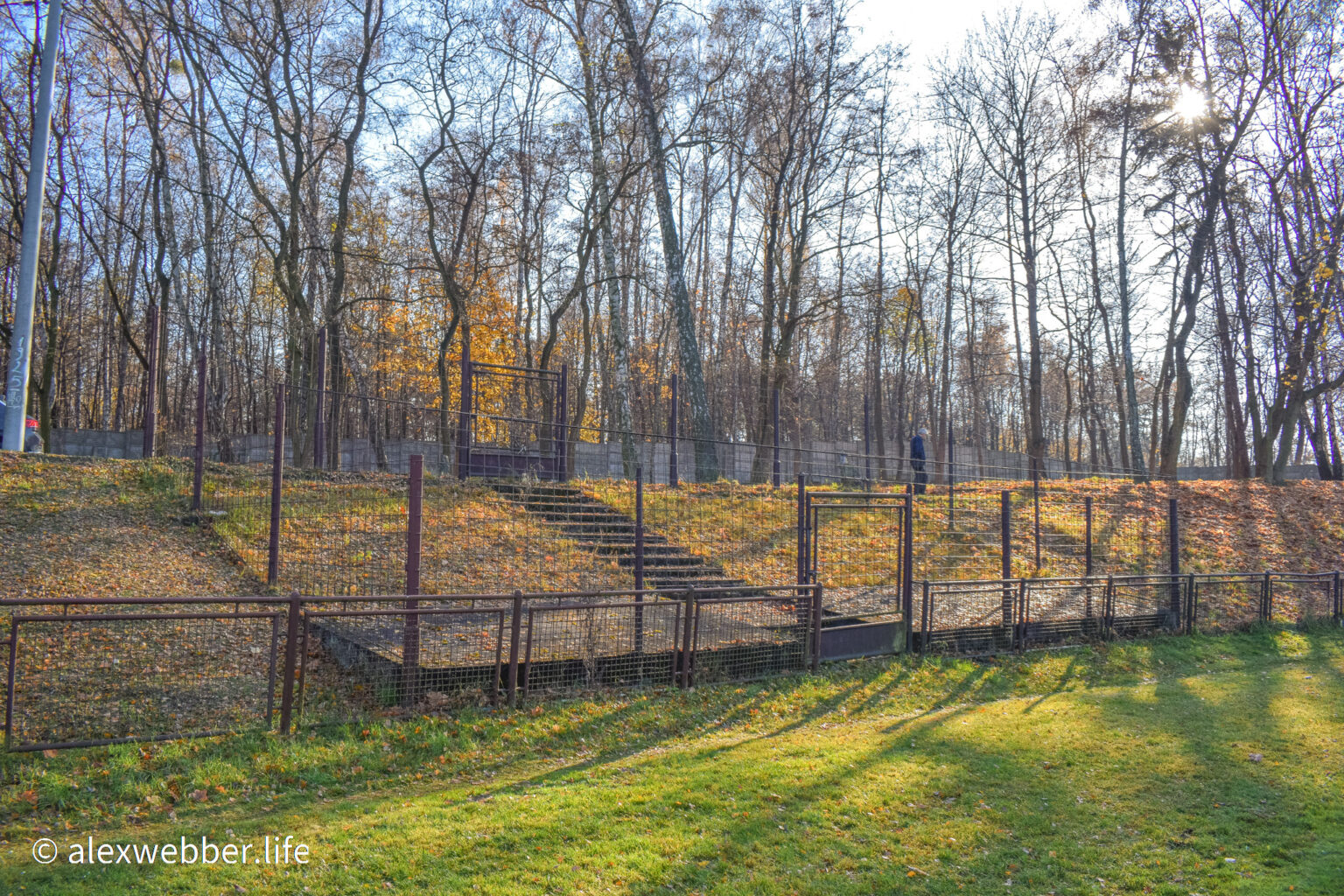
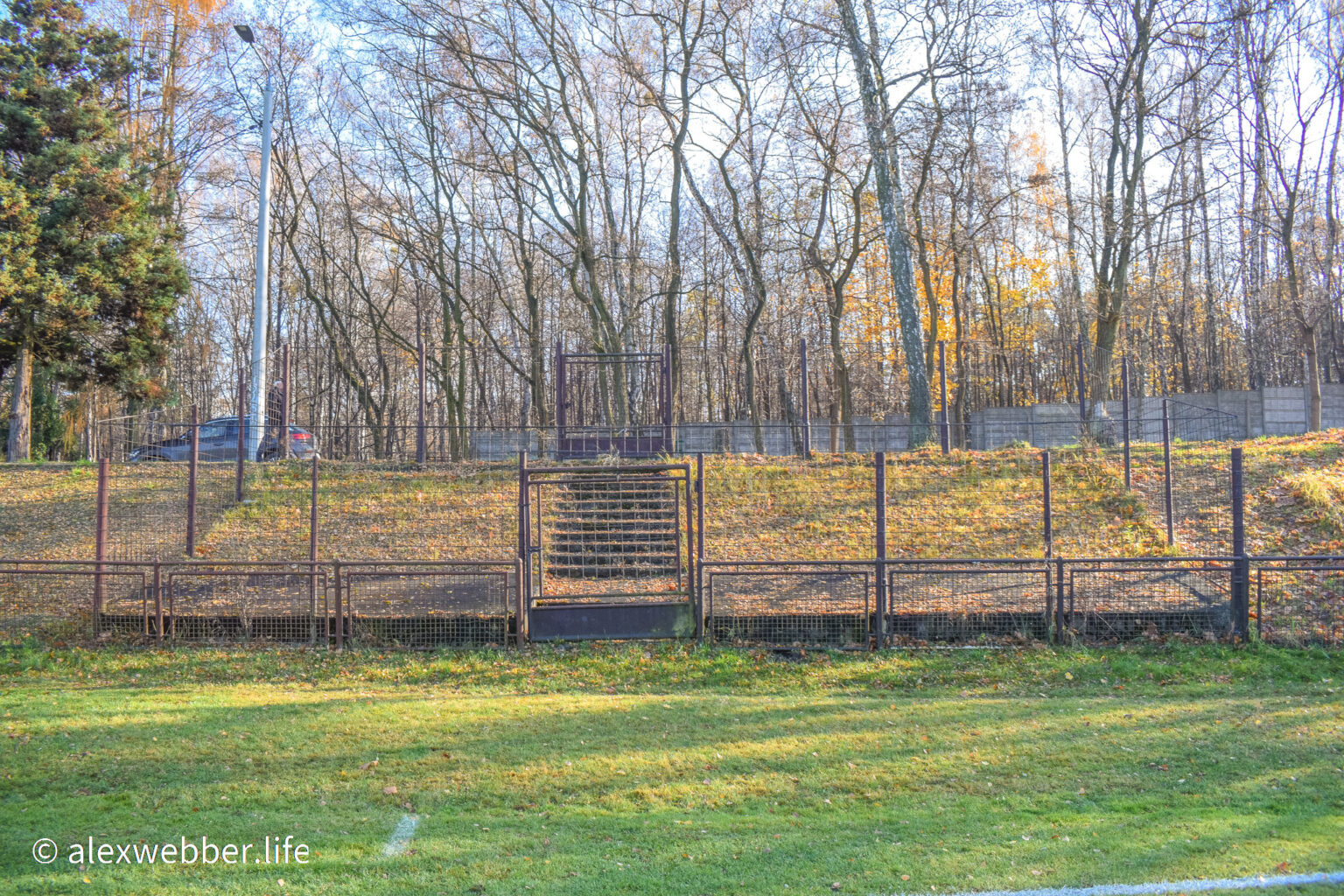
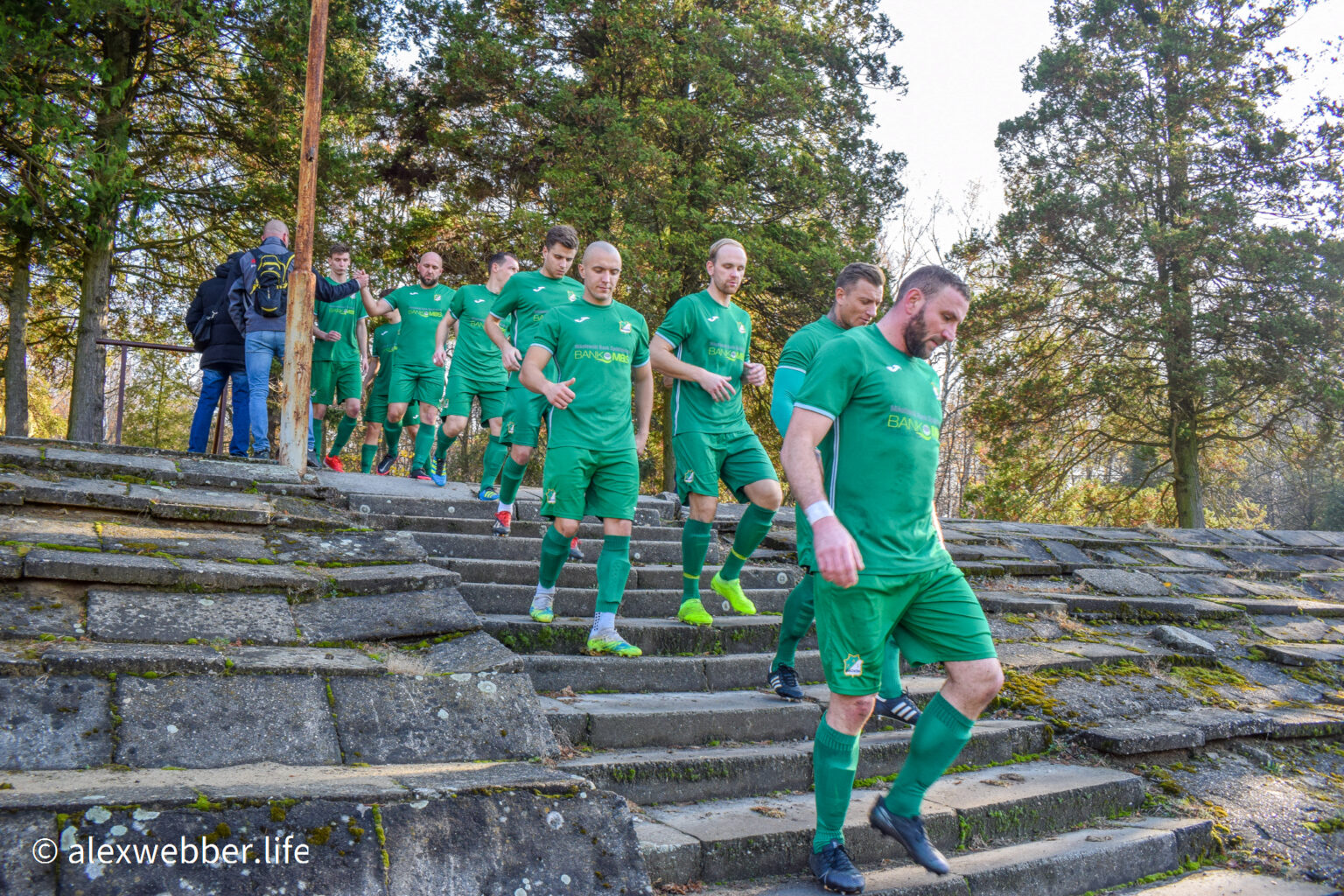



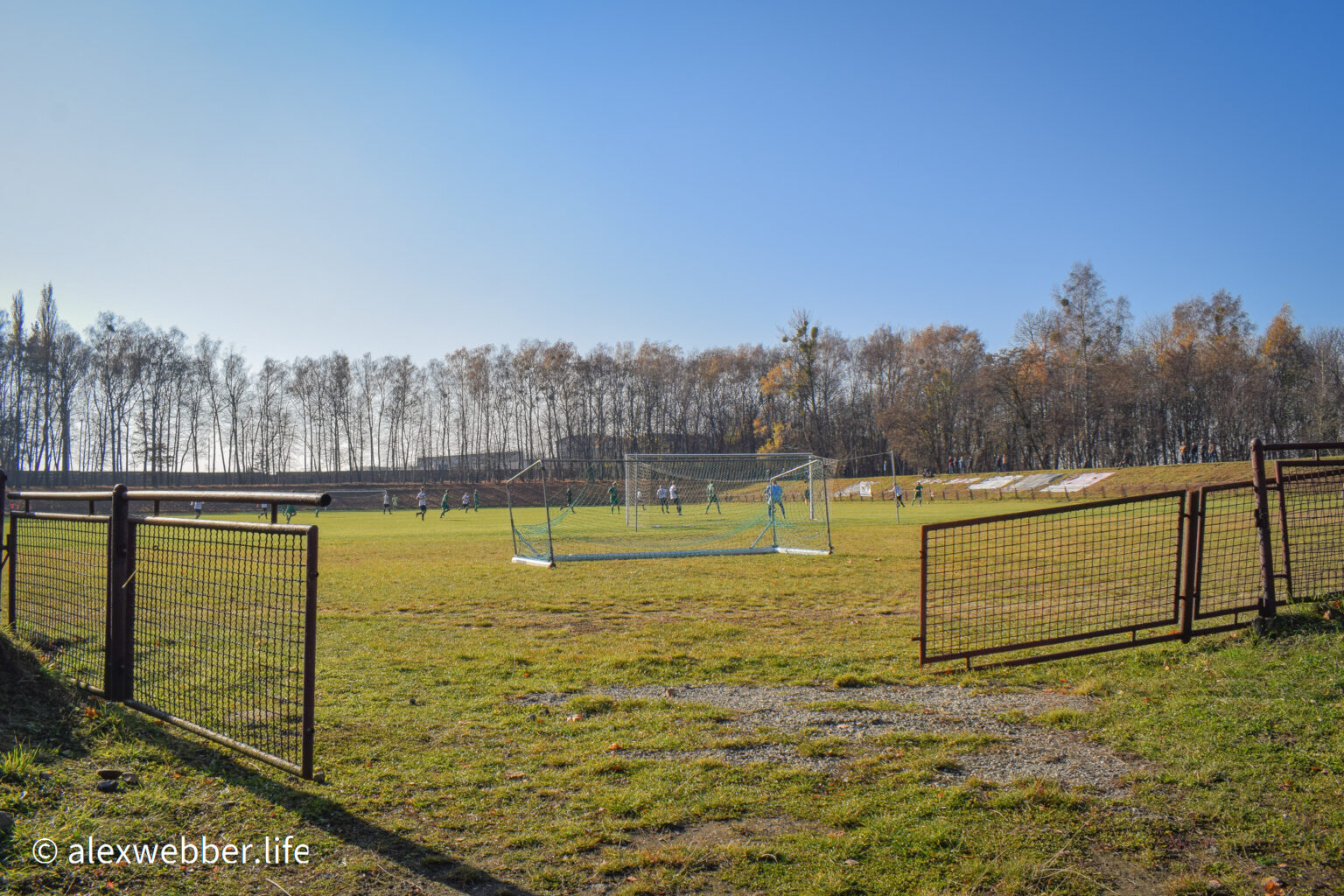

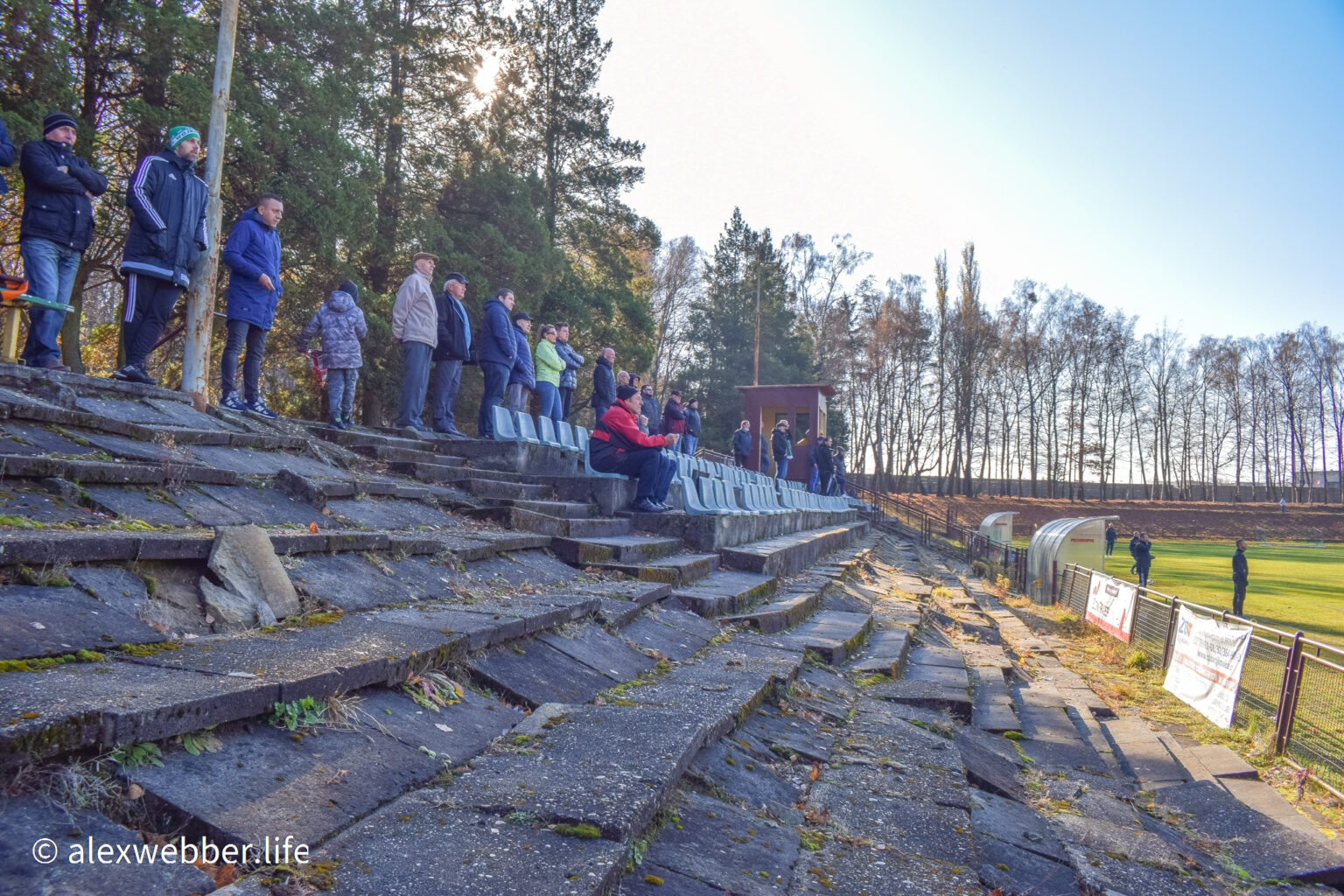
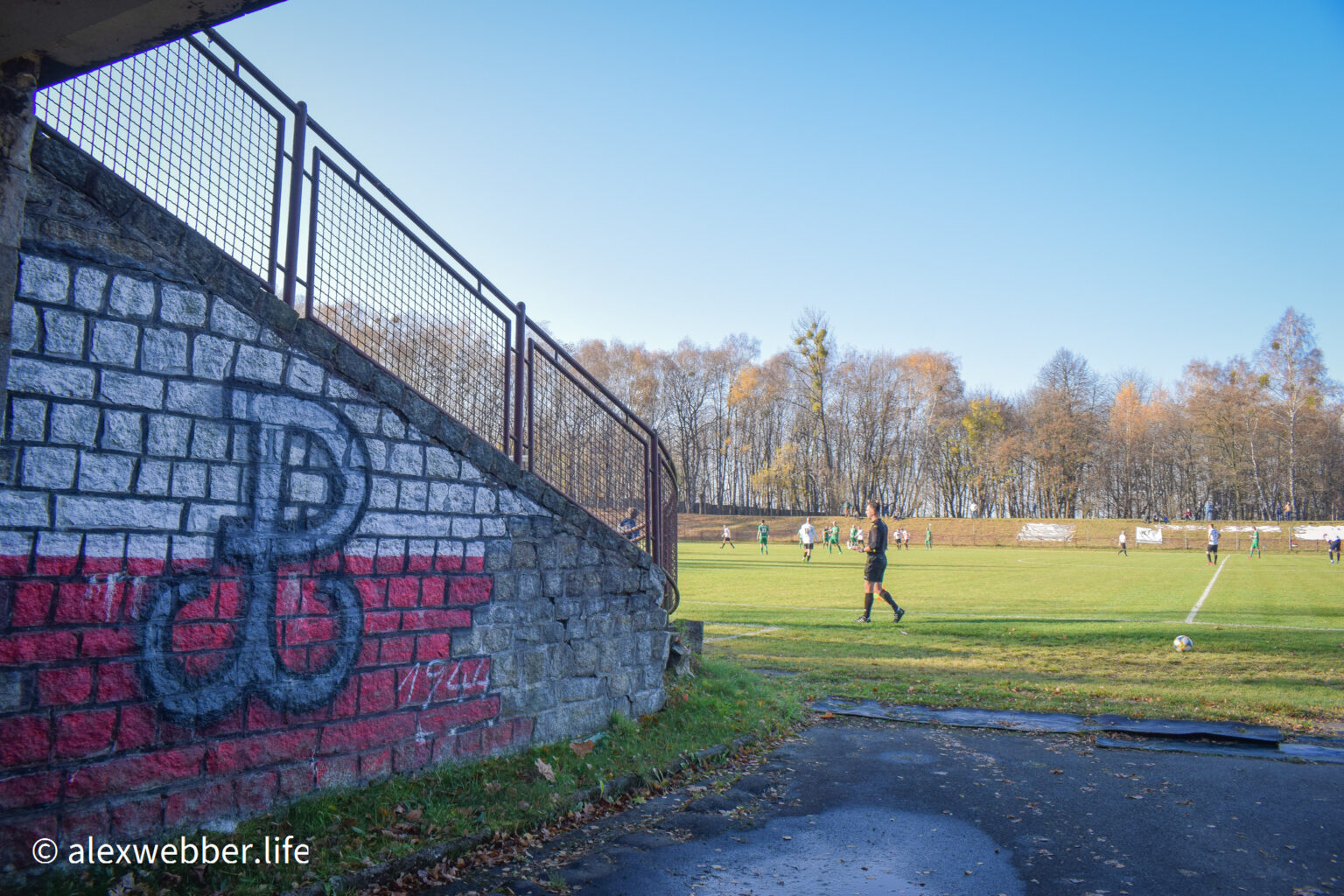
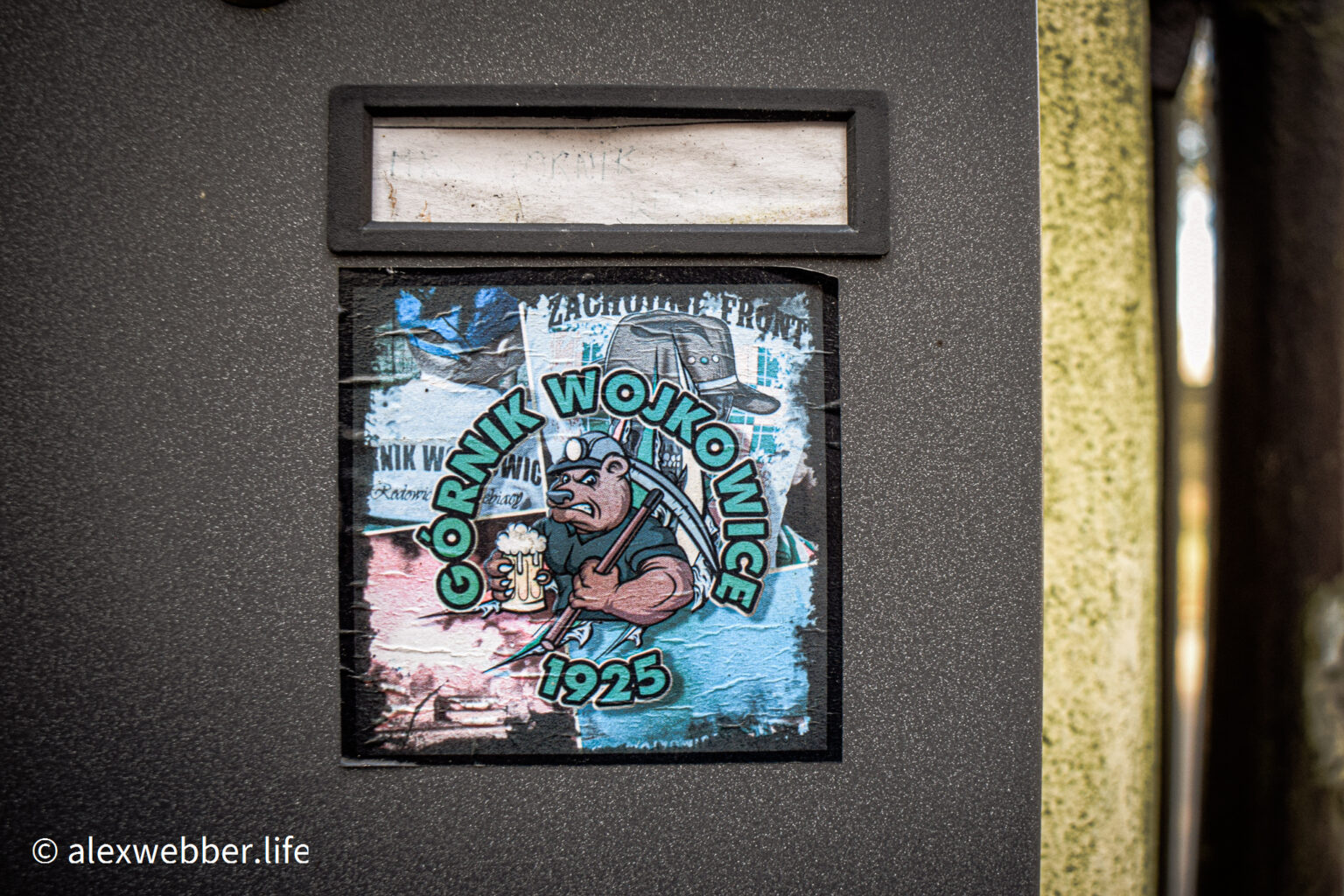
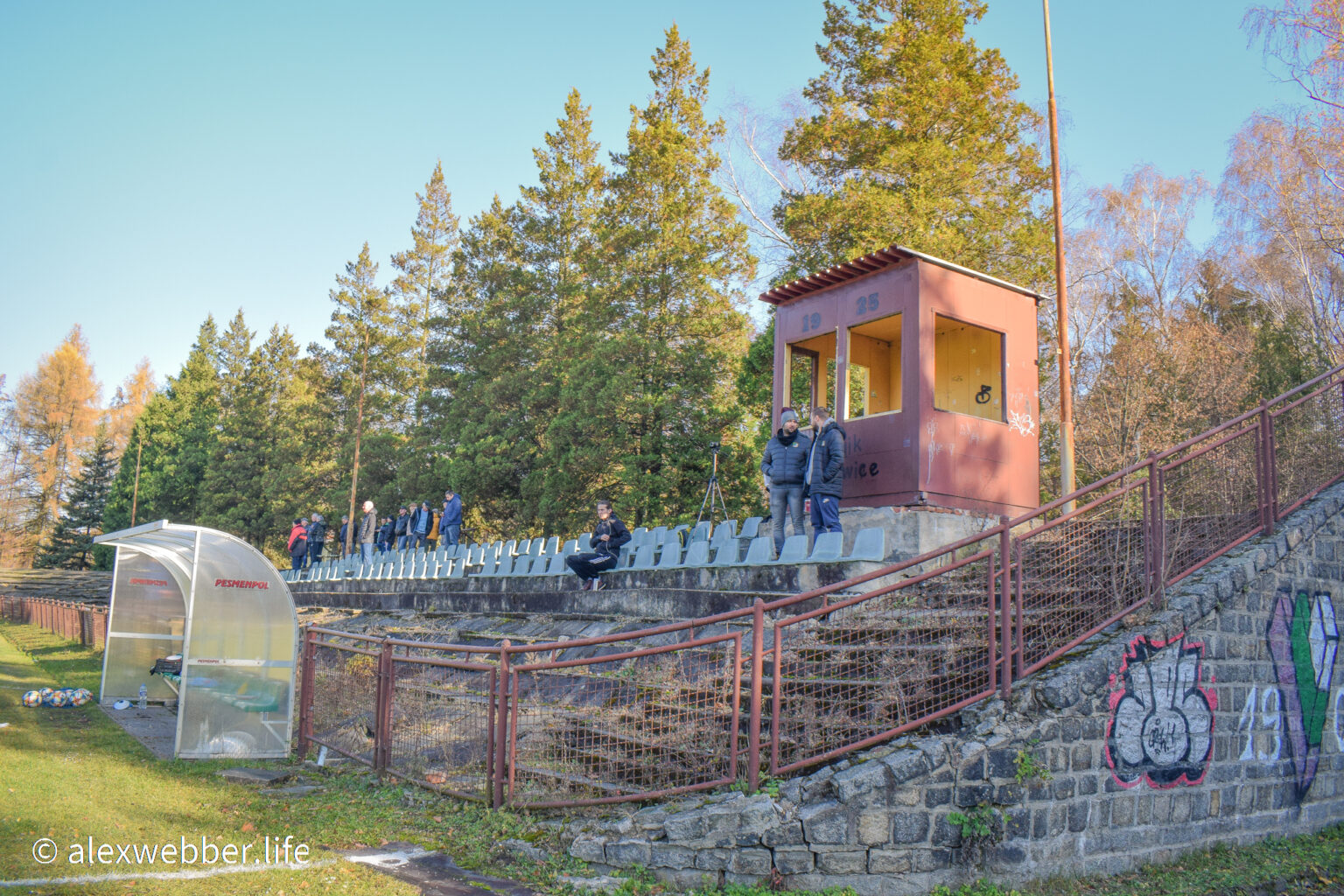
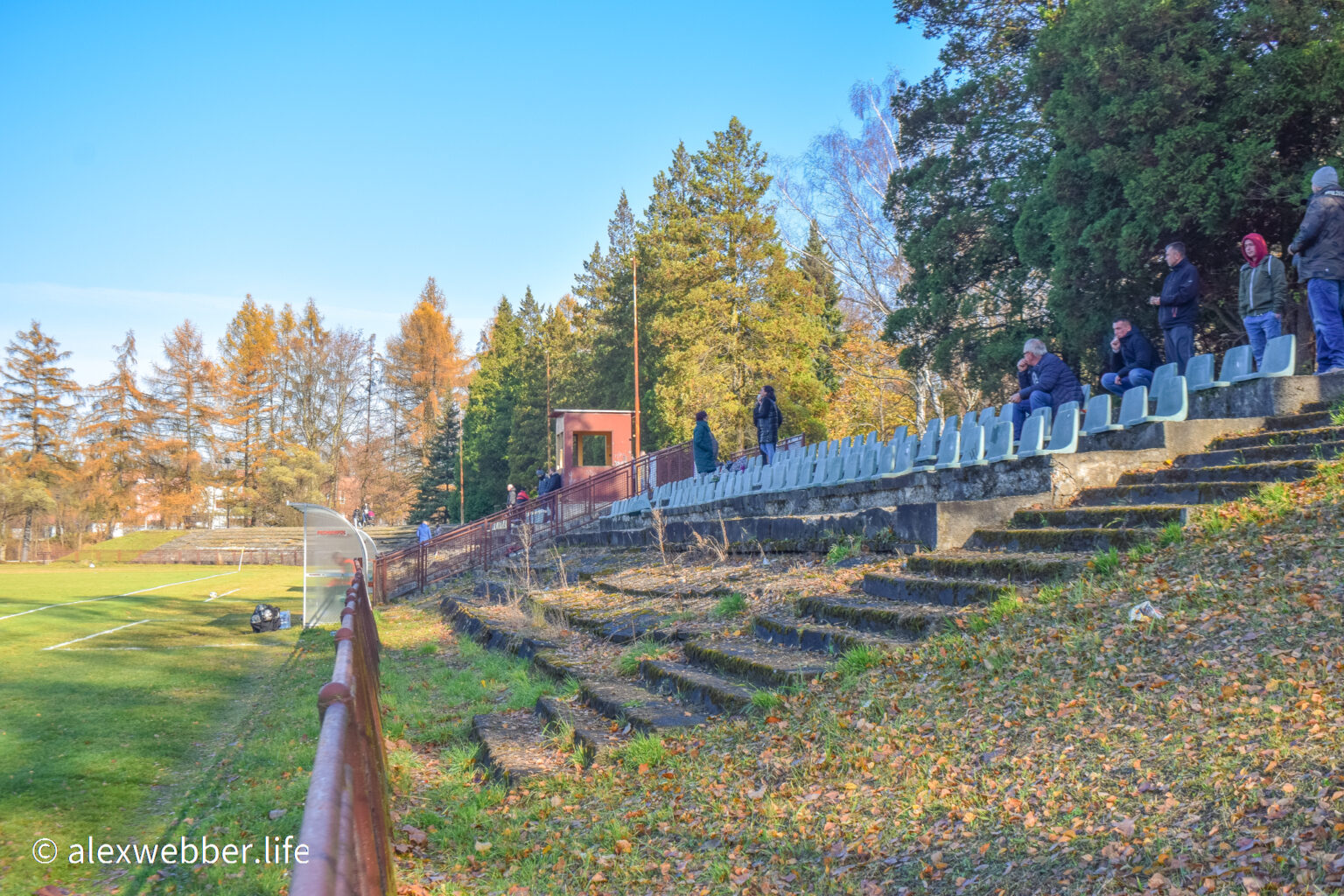

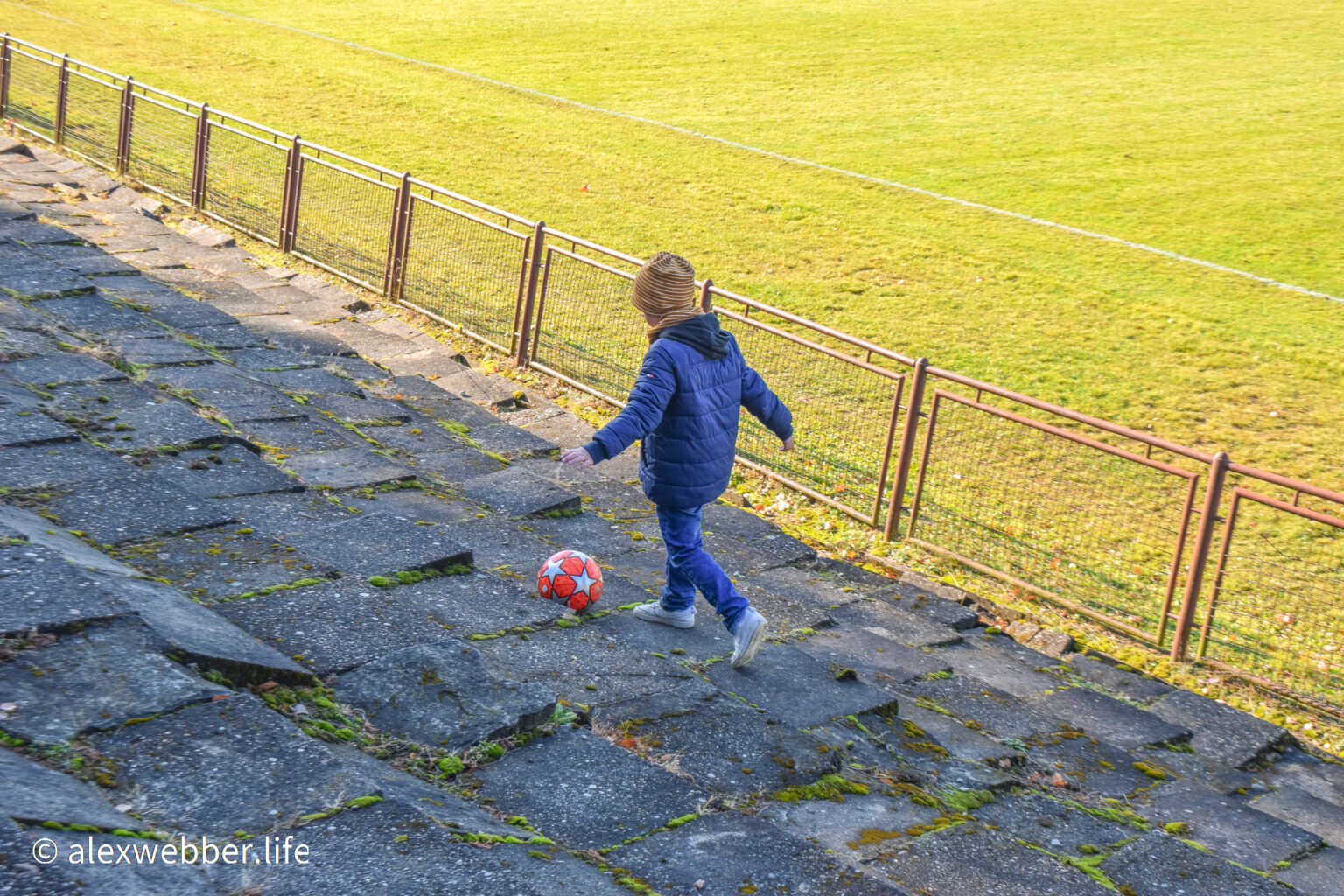

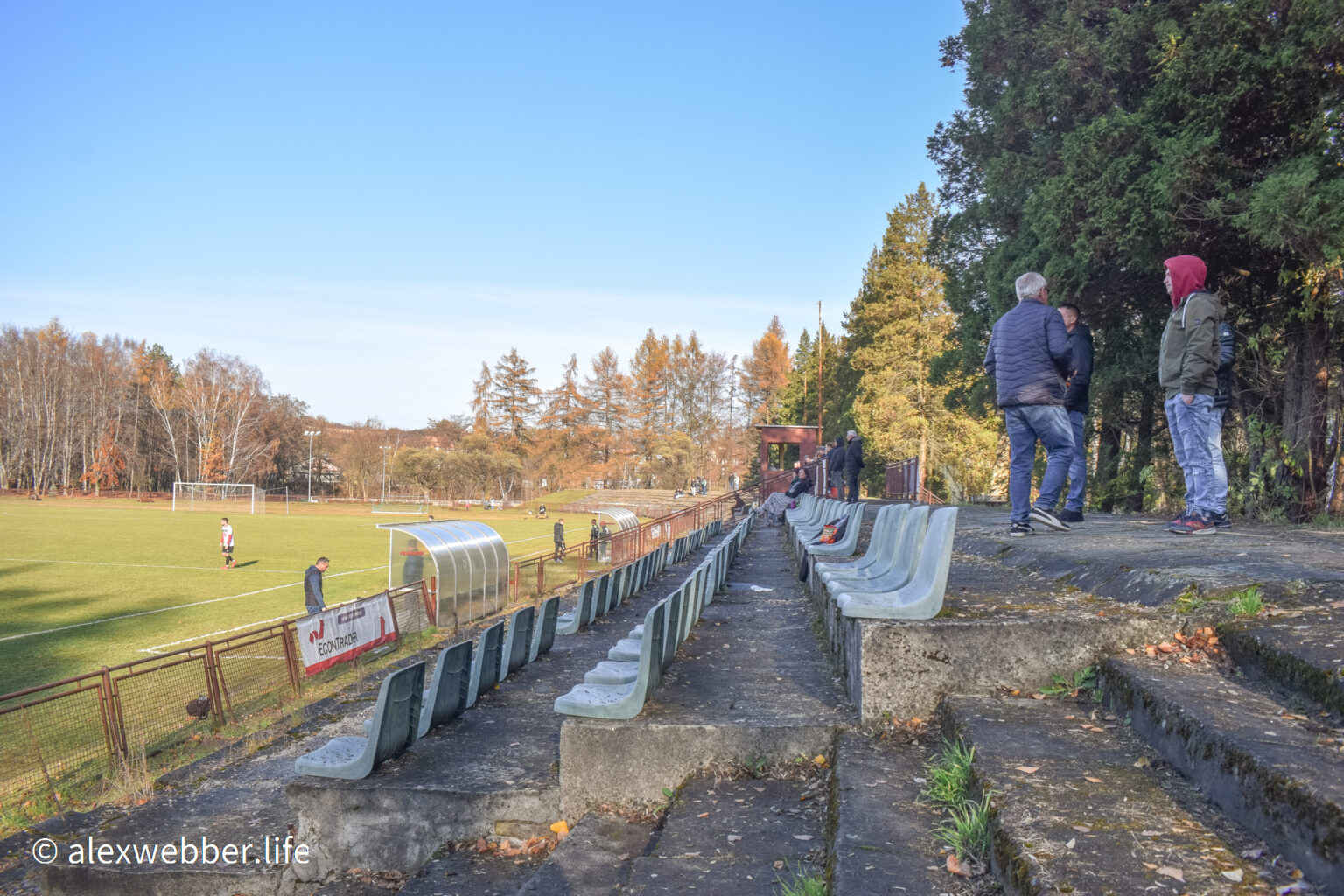
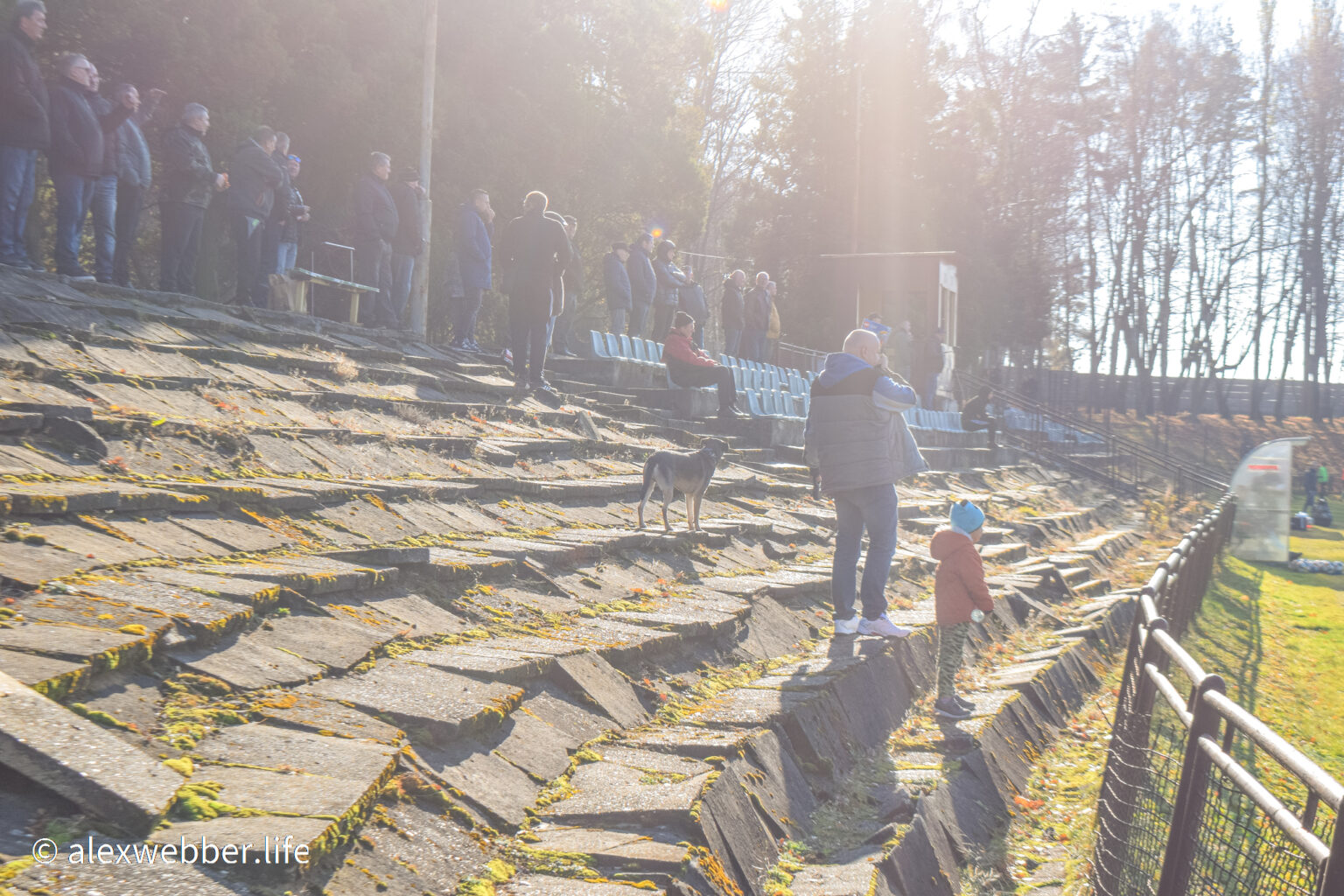


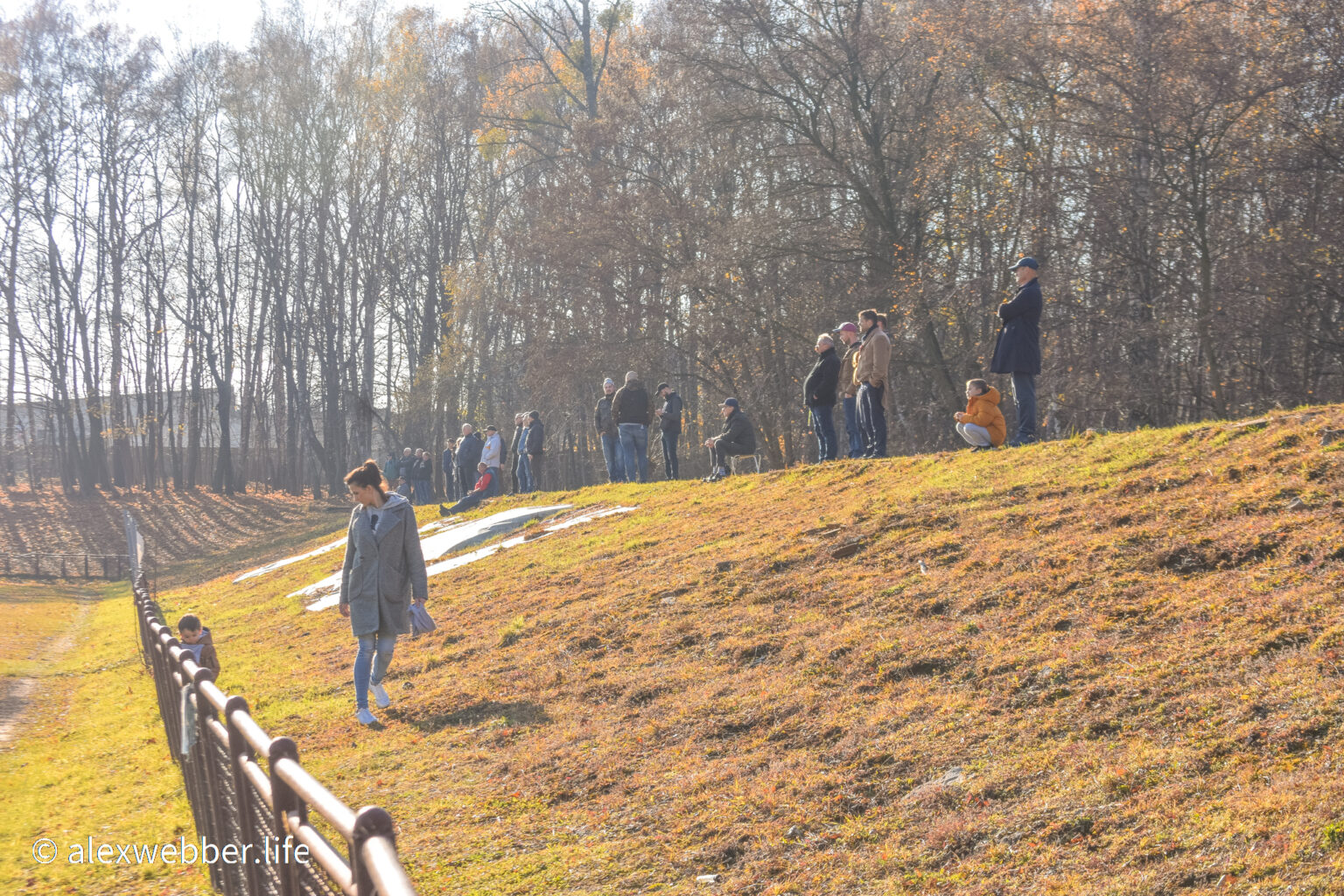

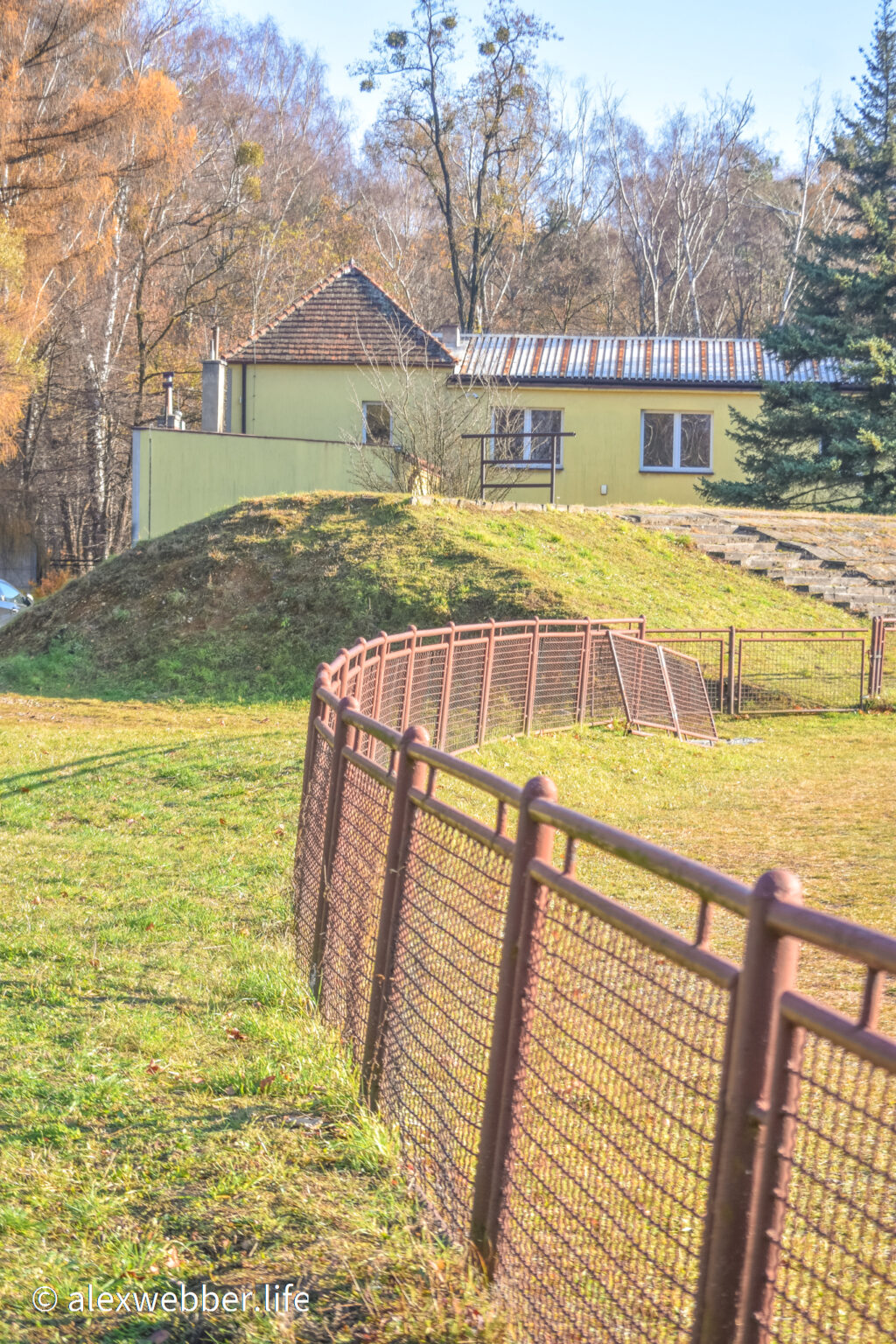
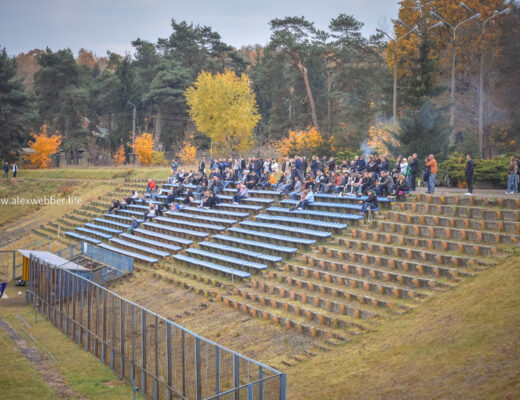

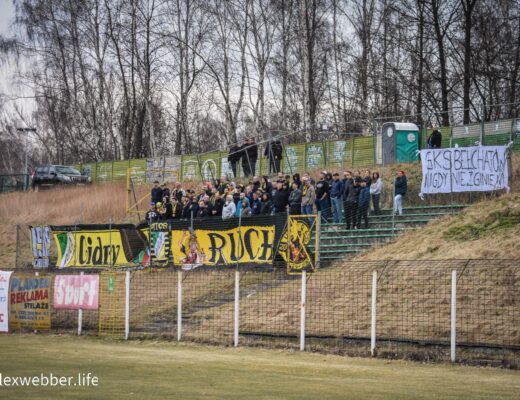


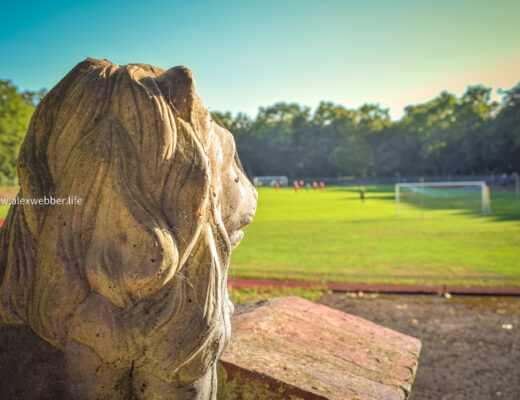


No Comments